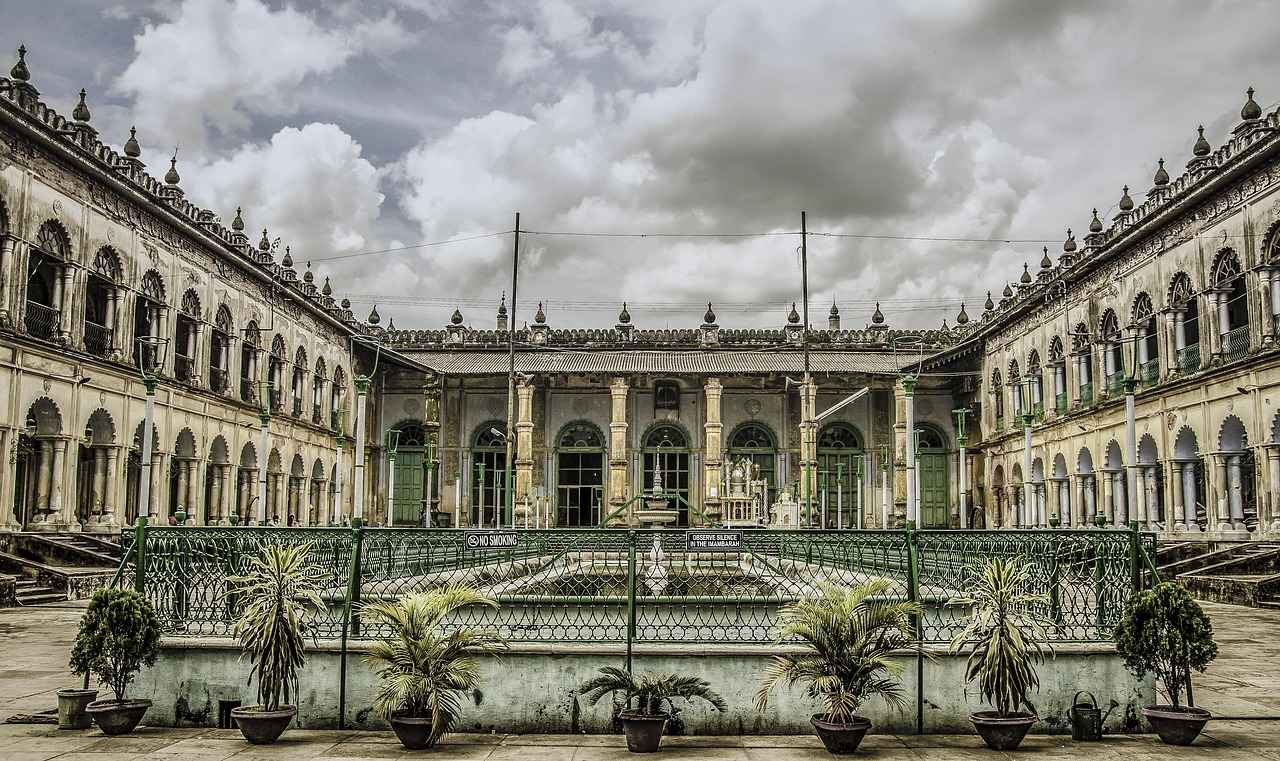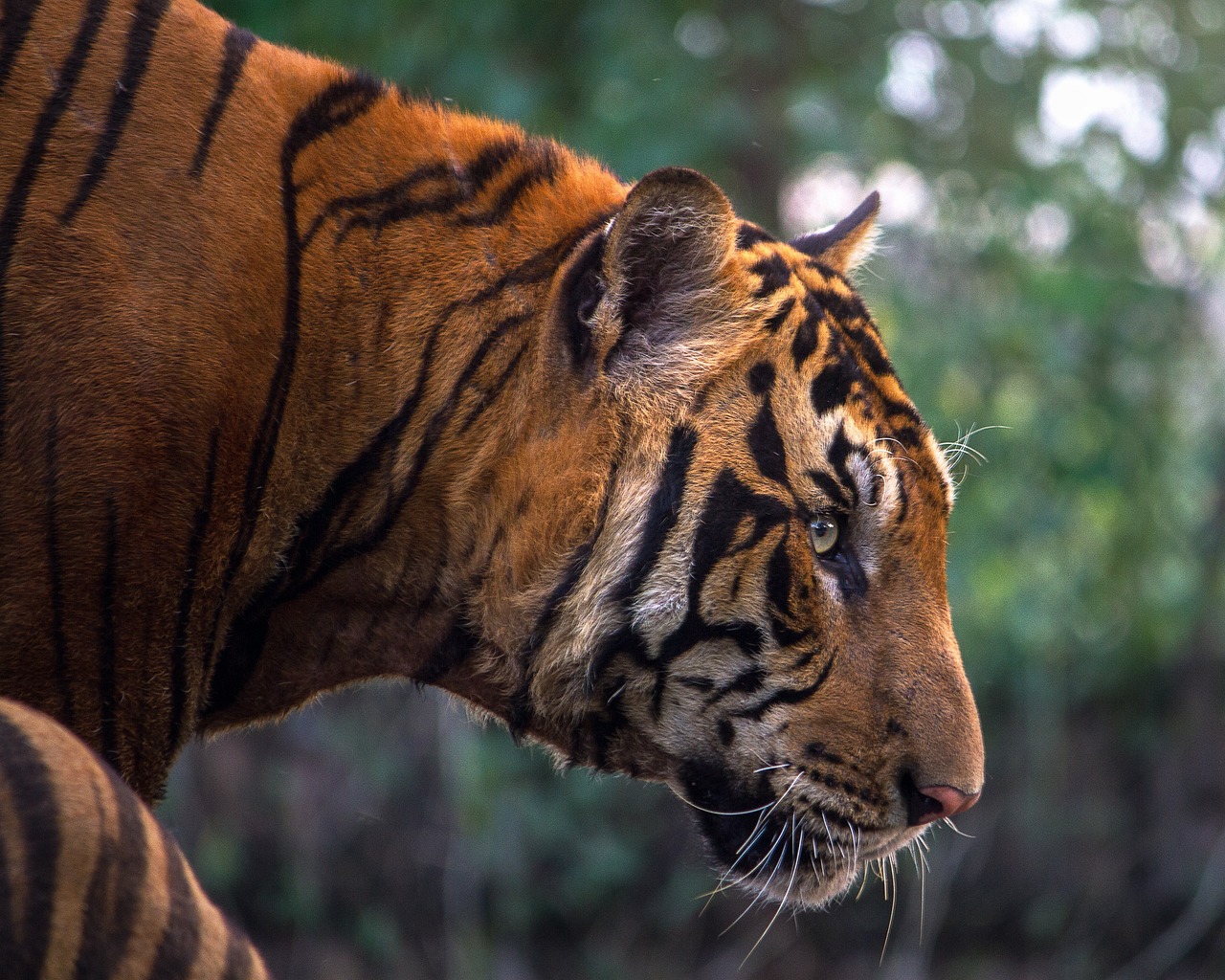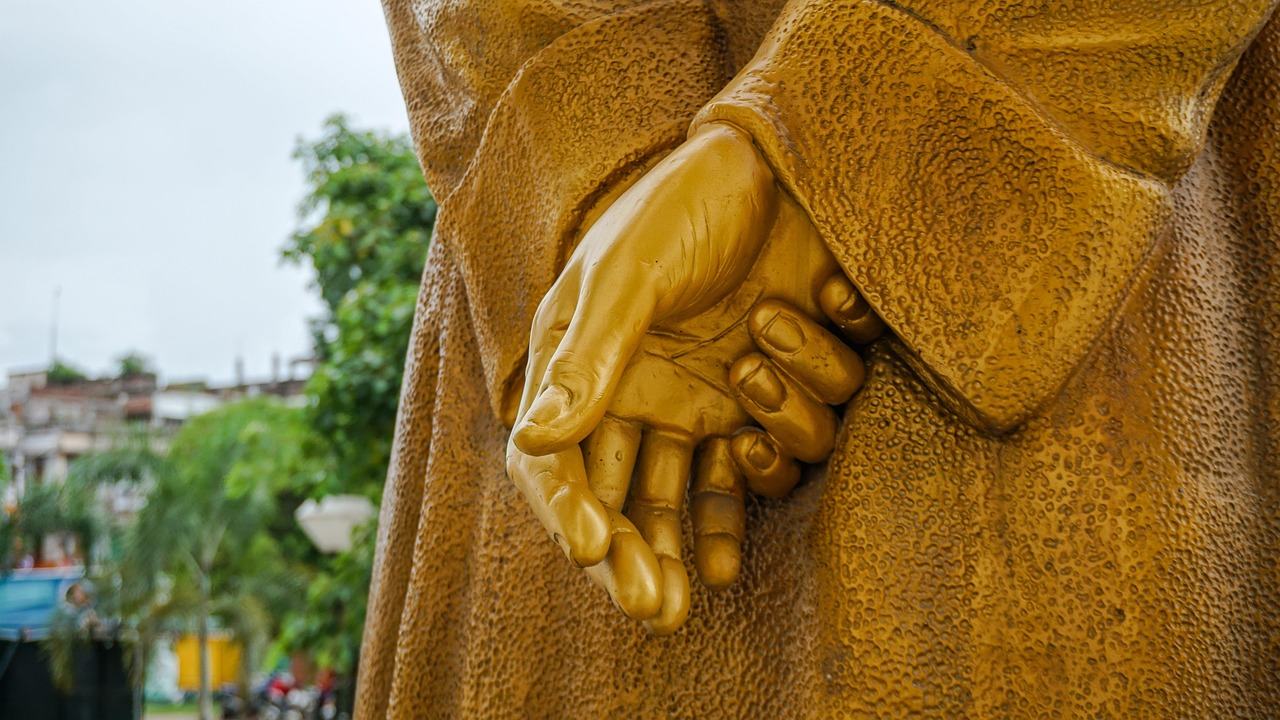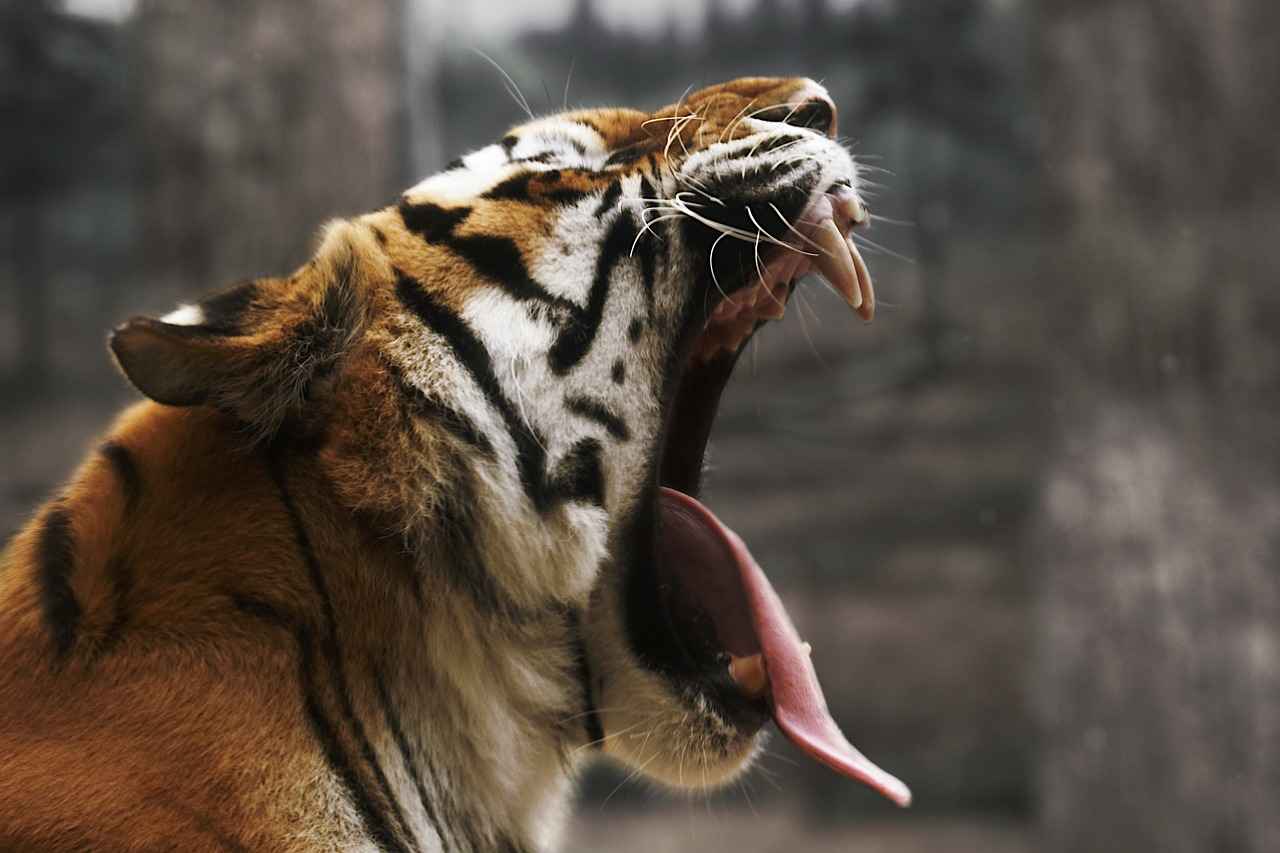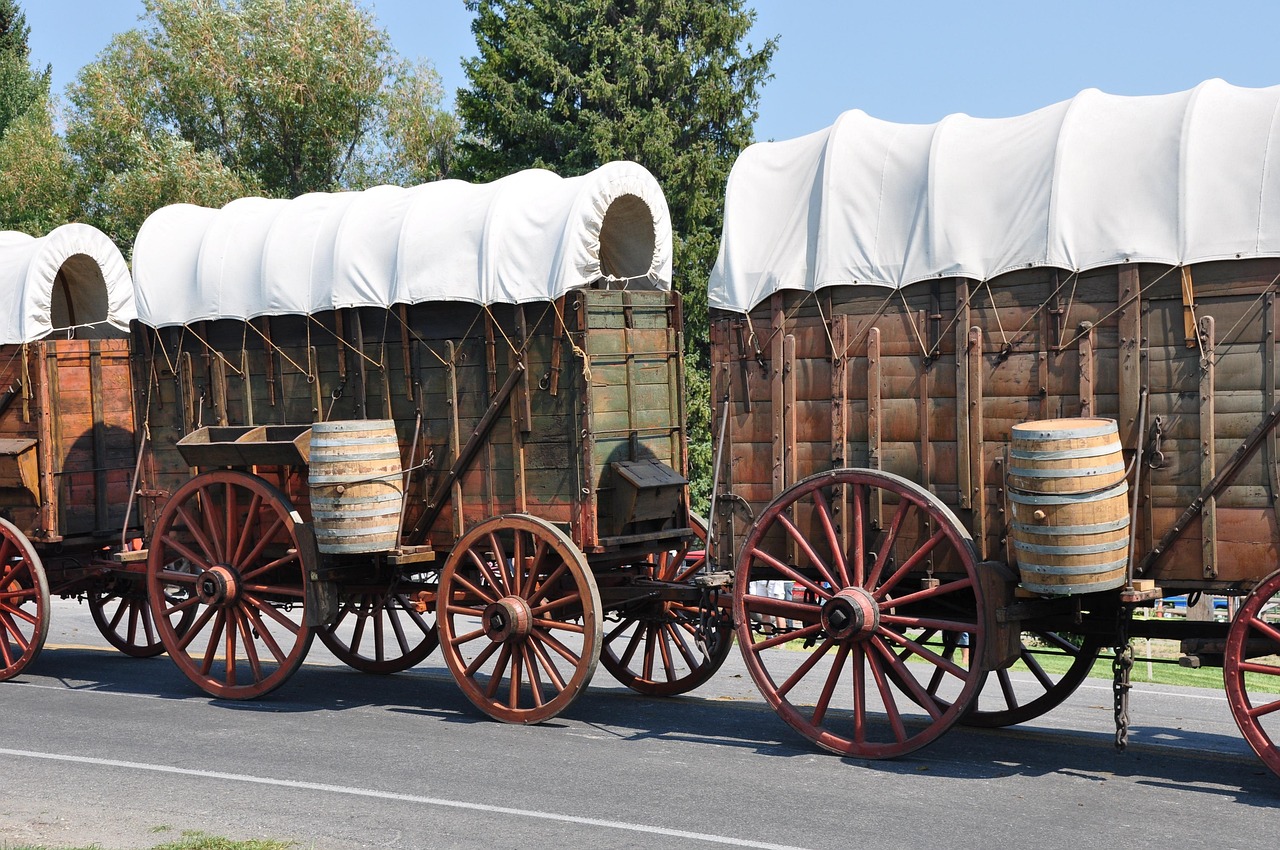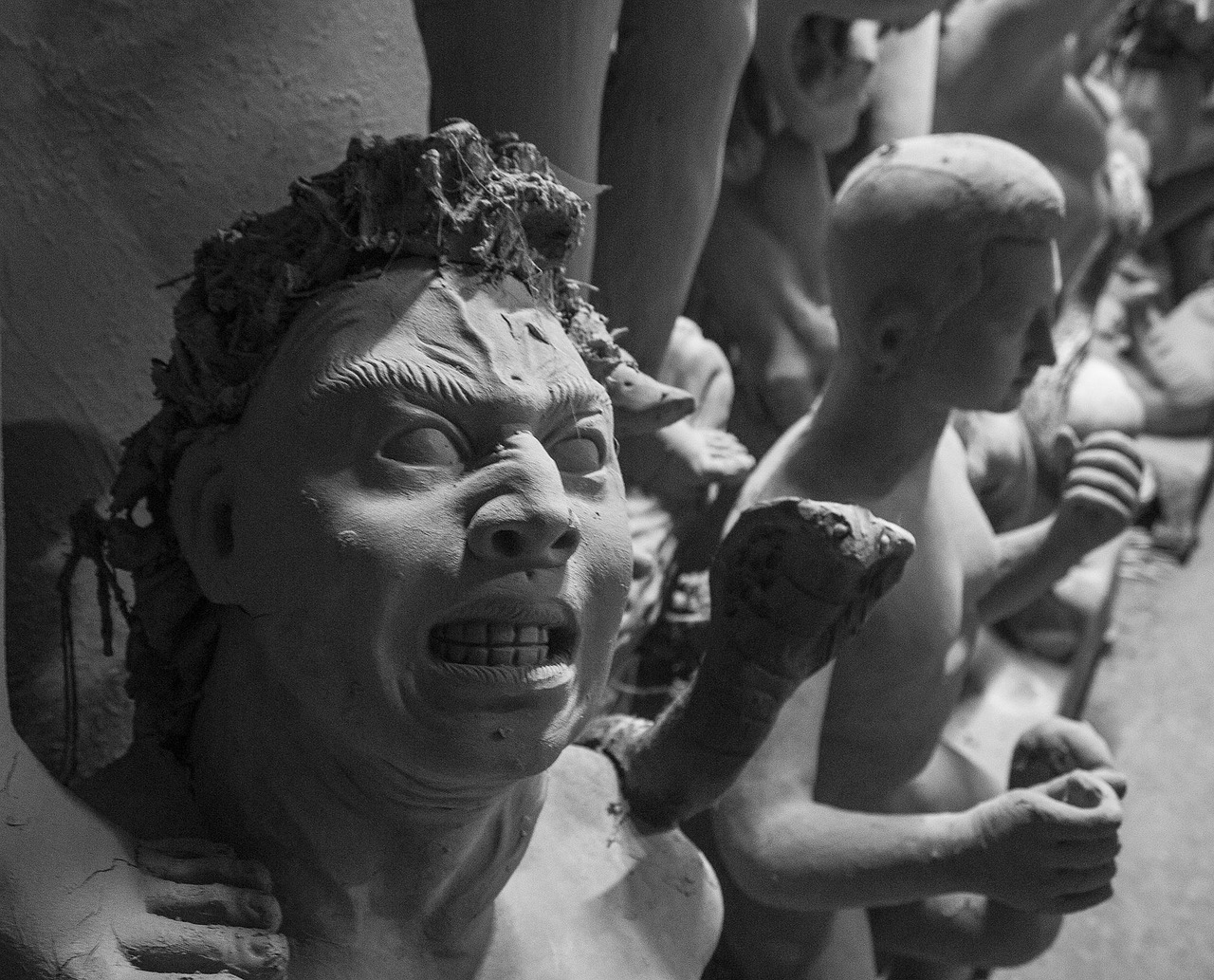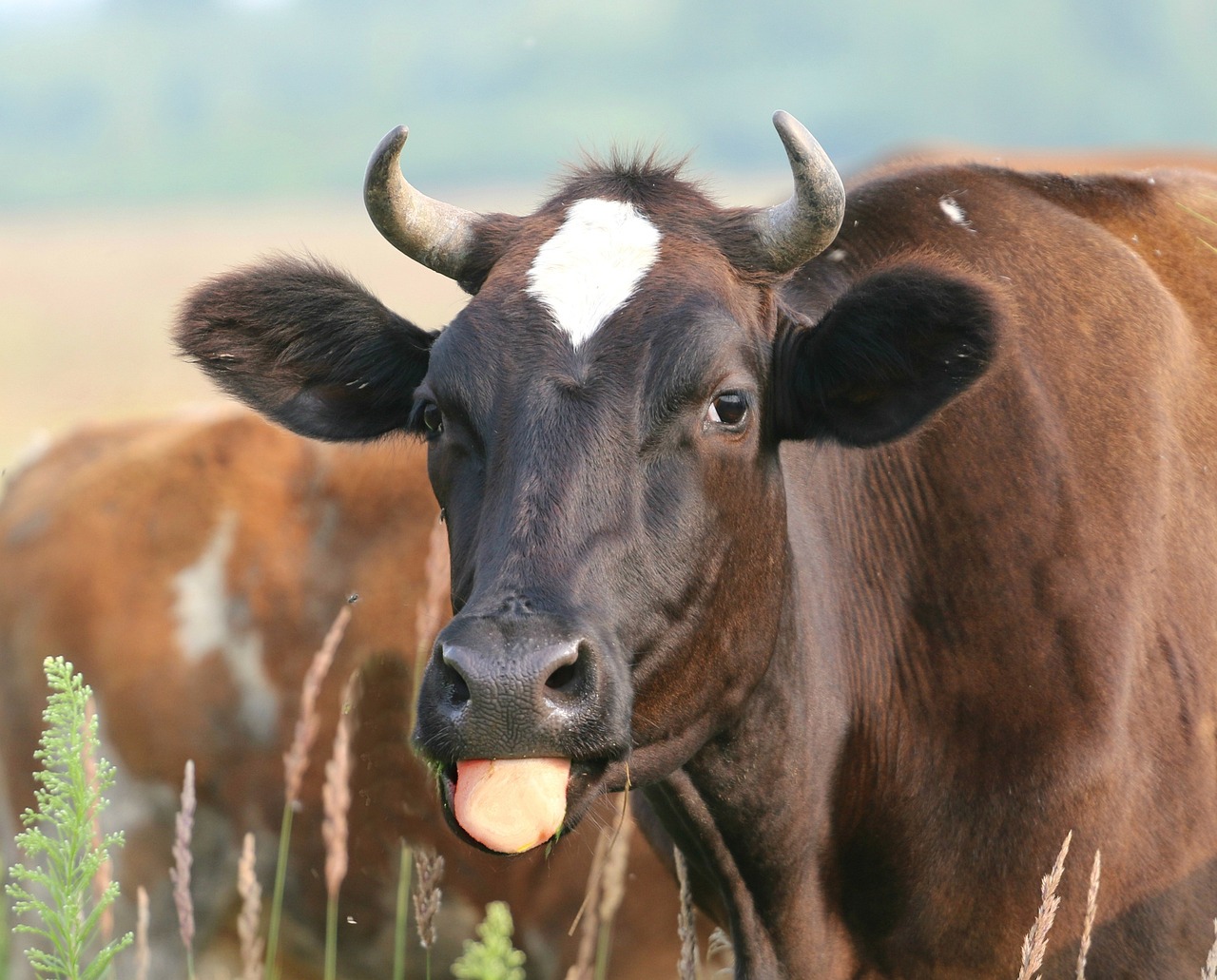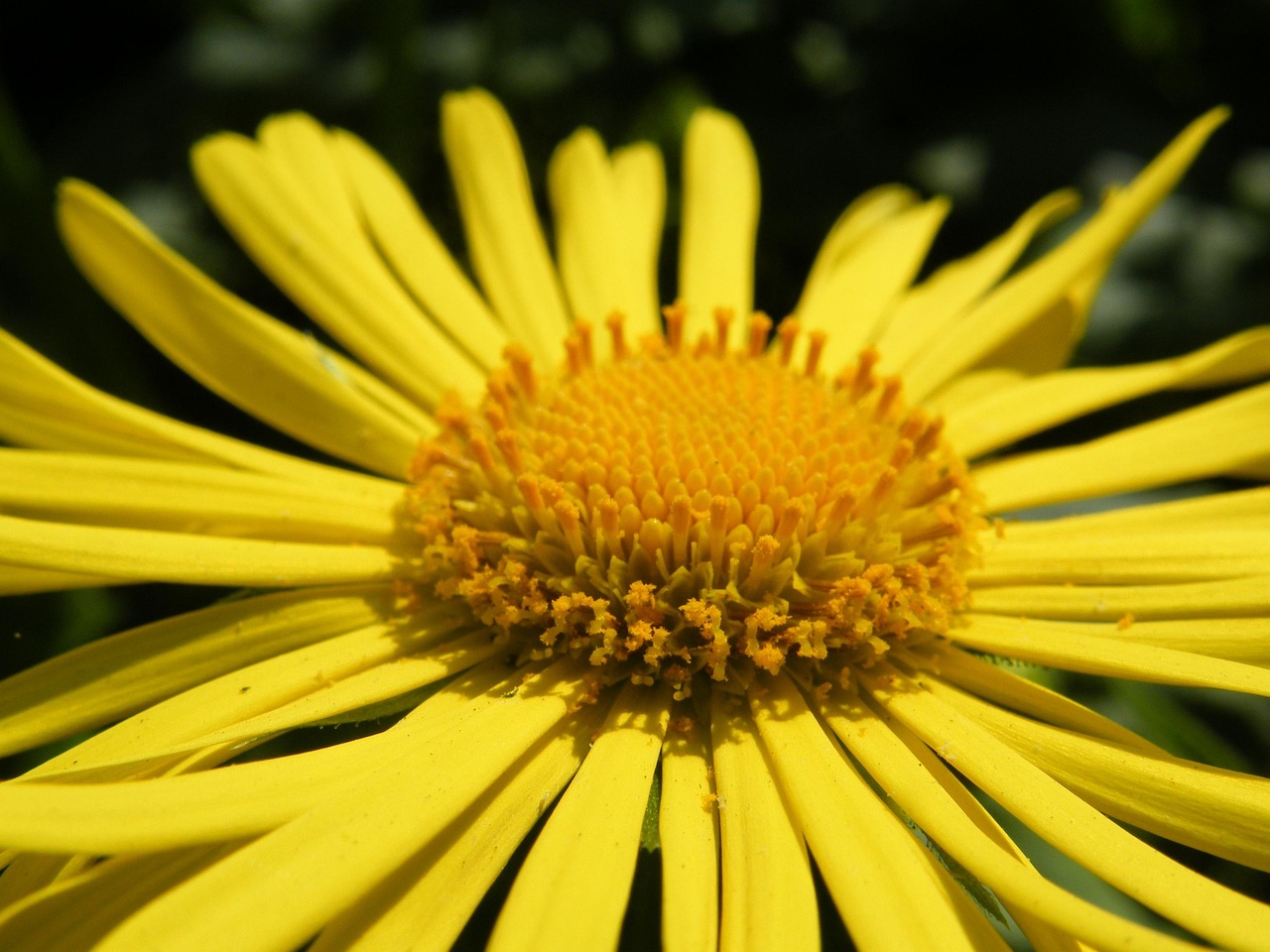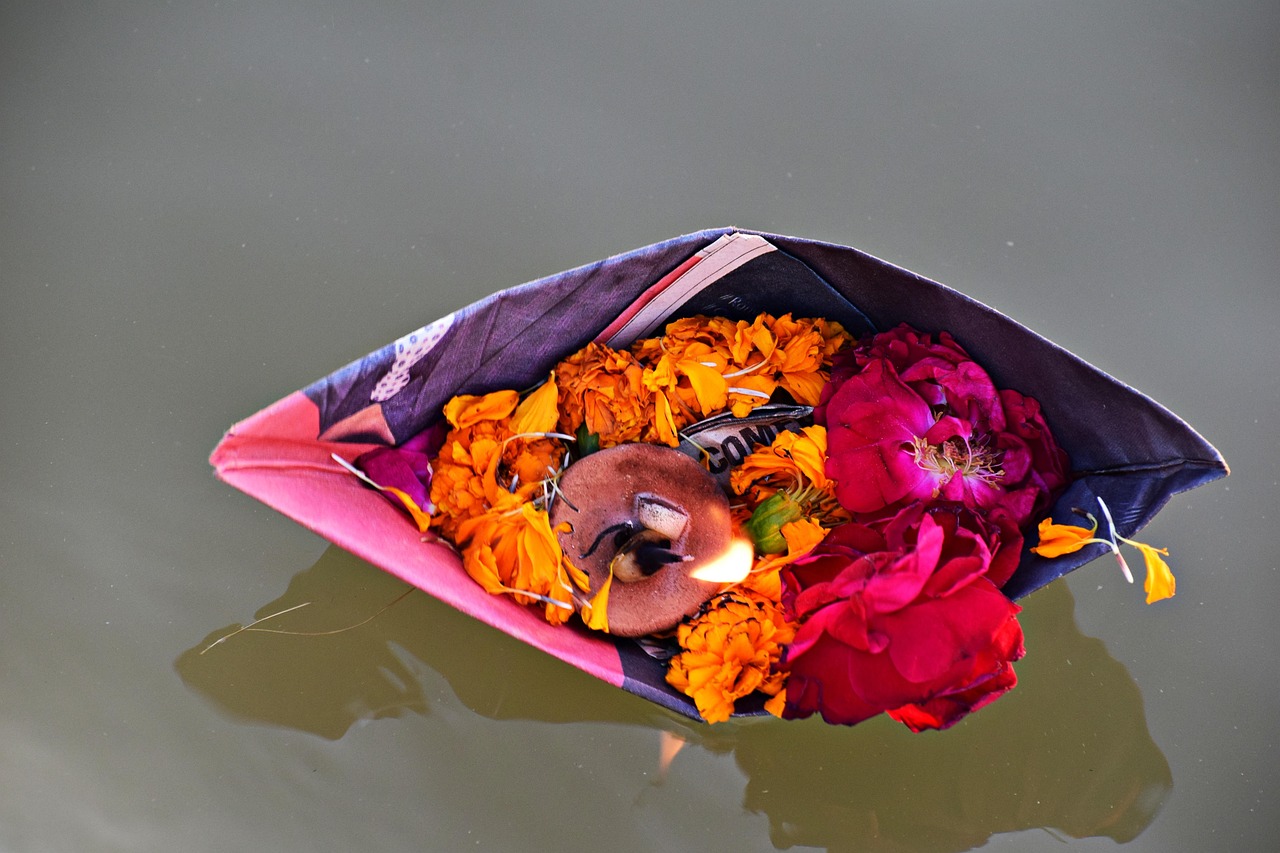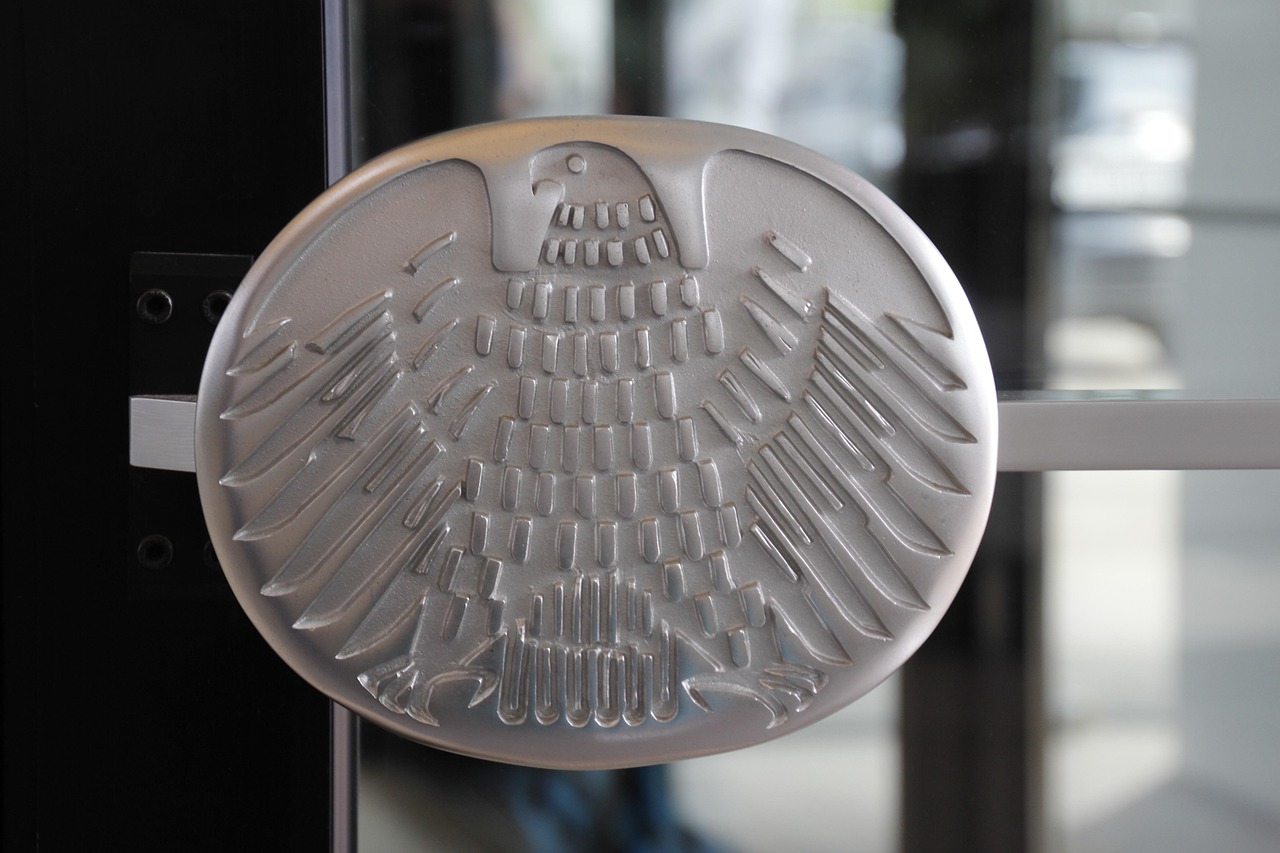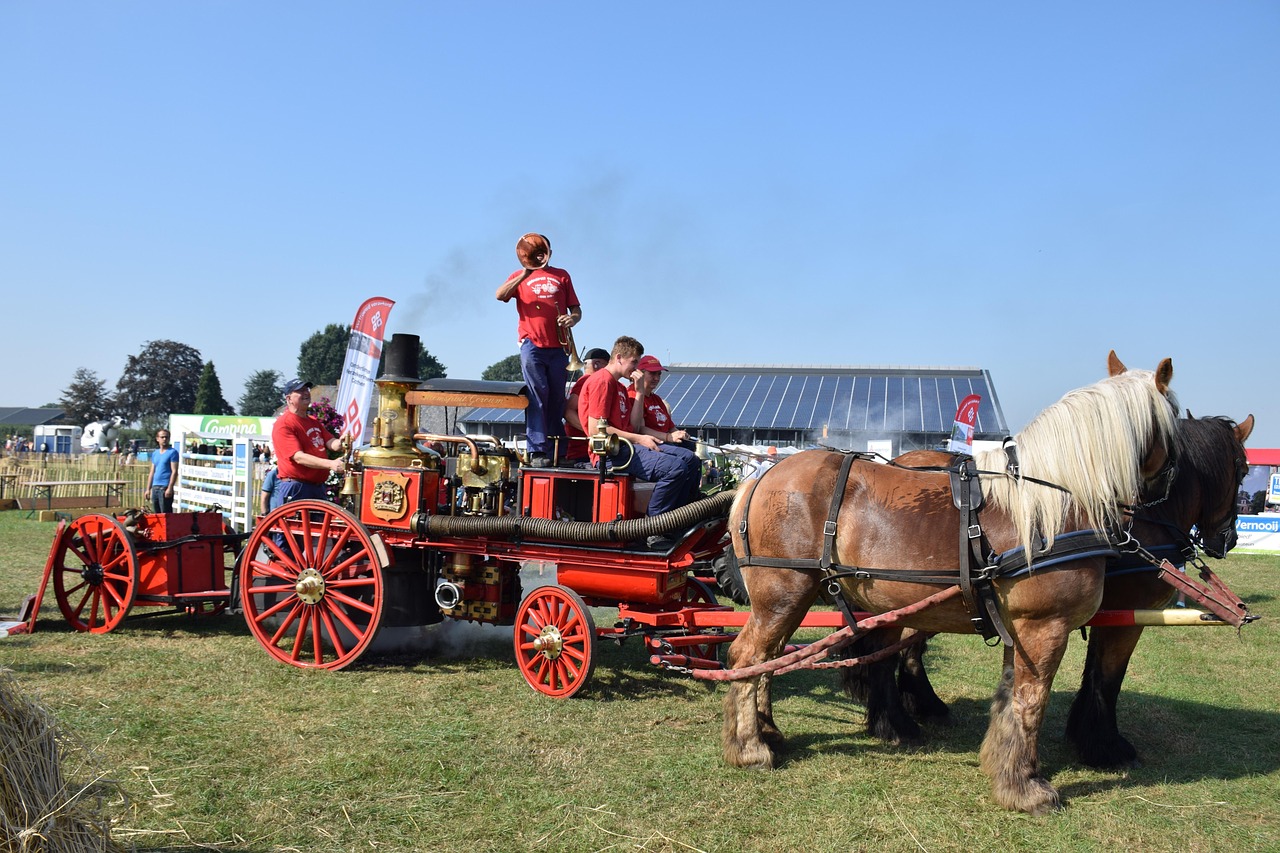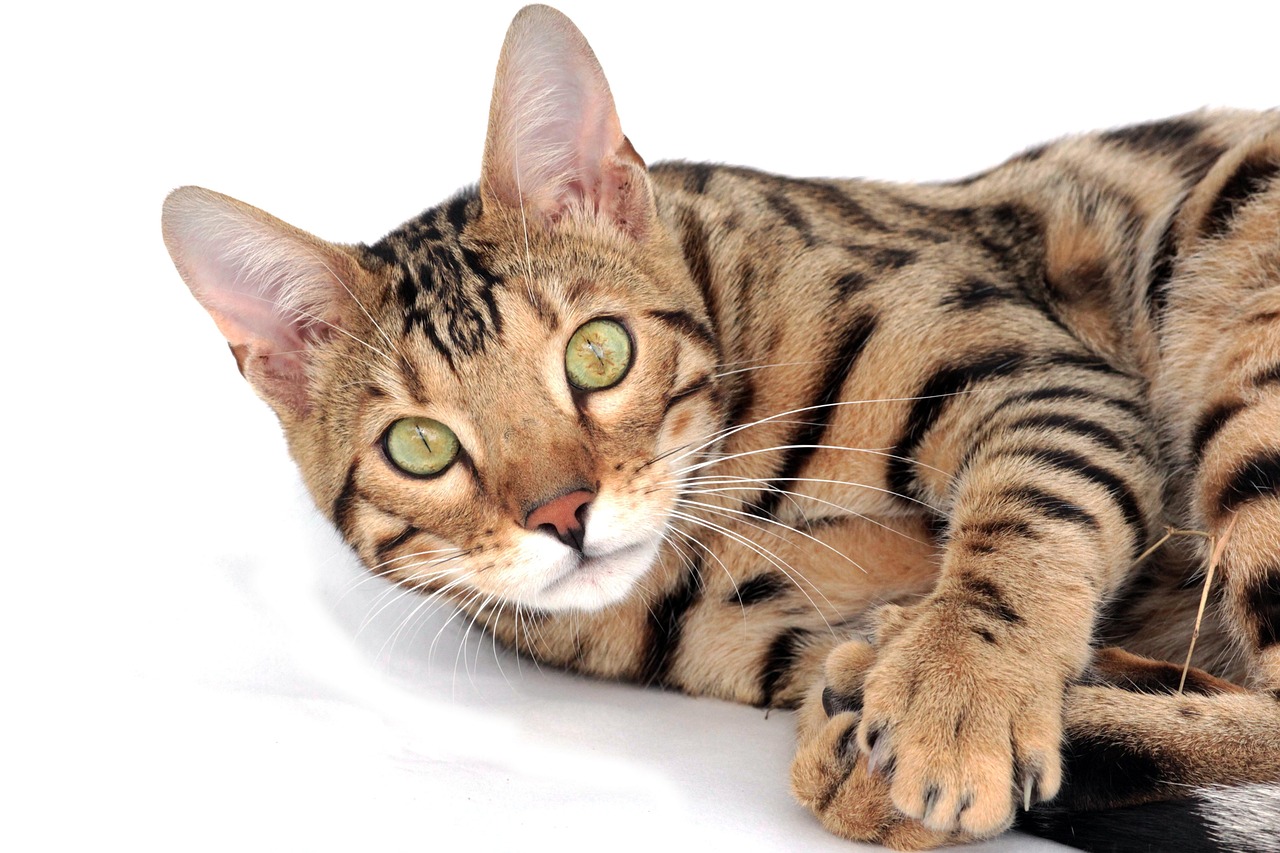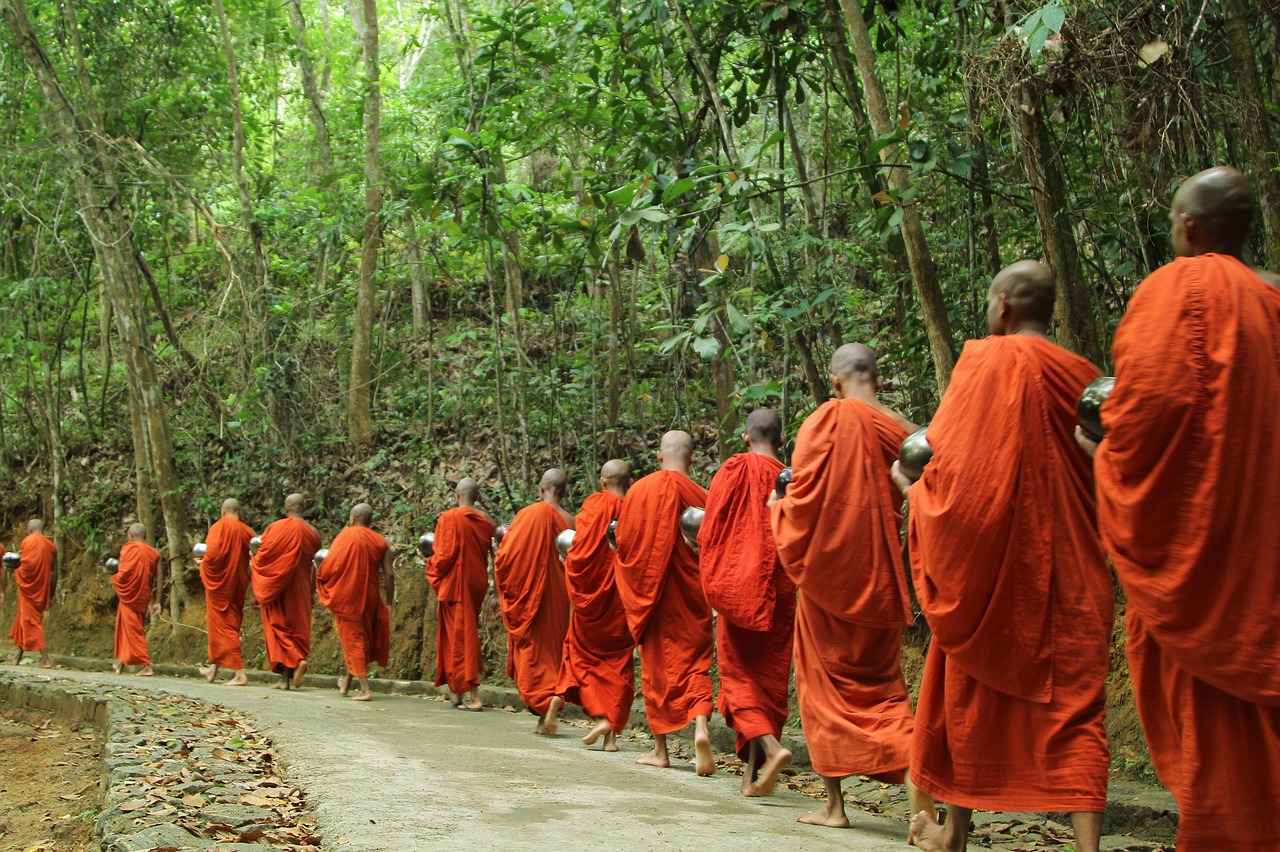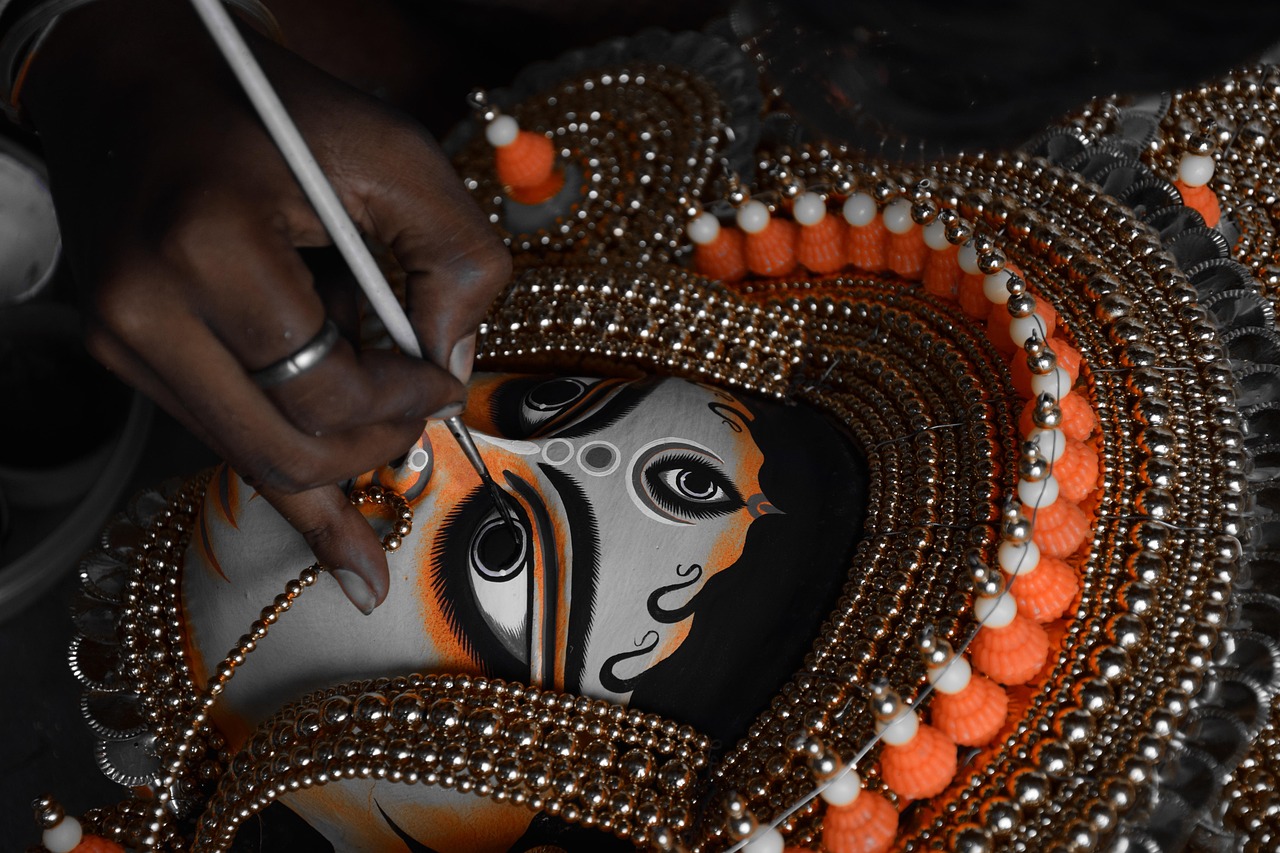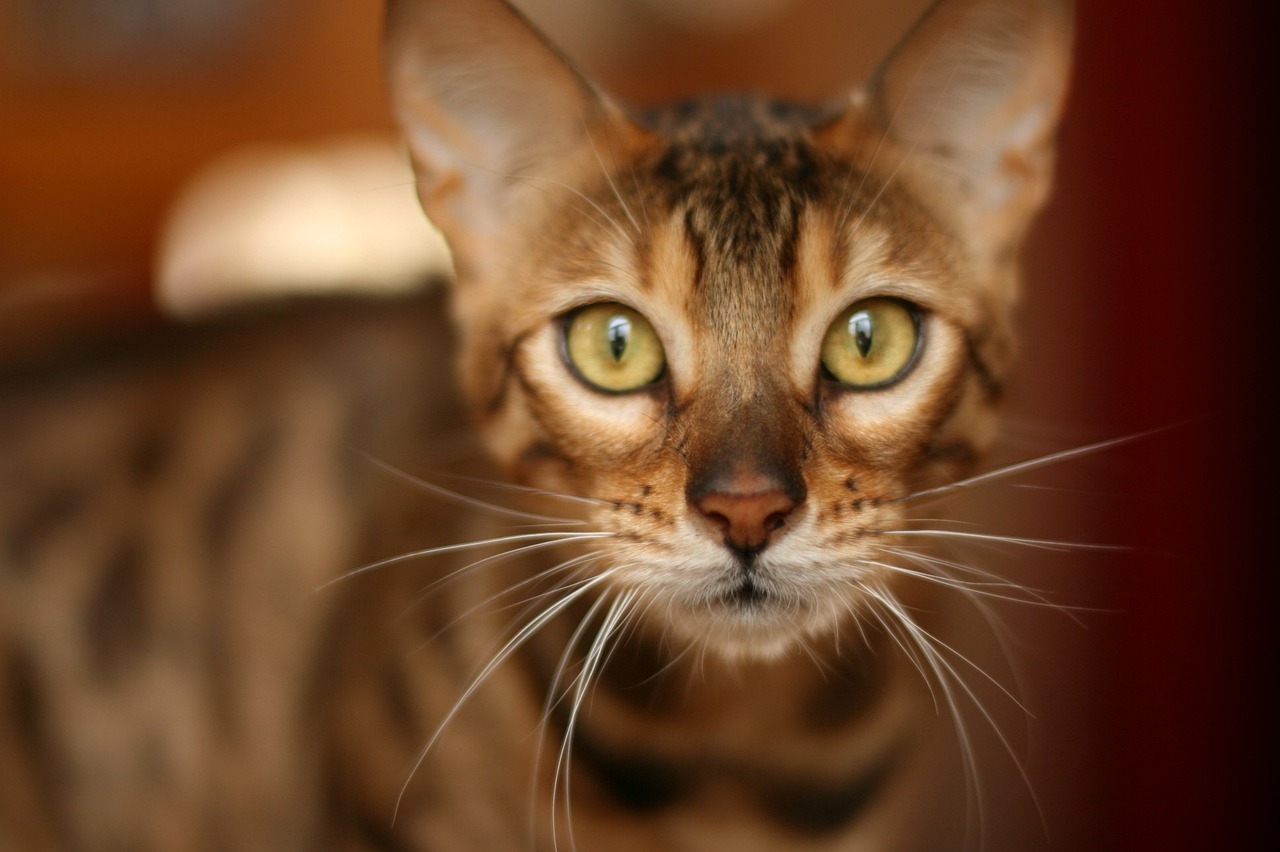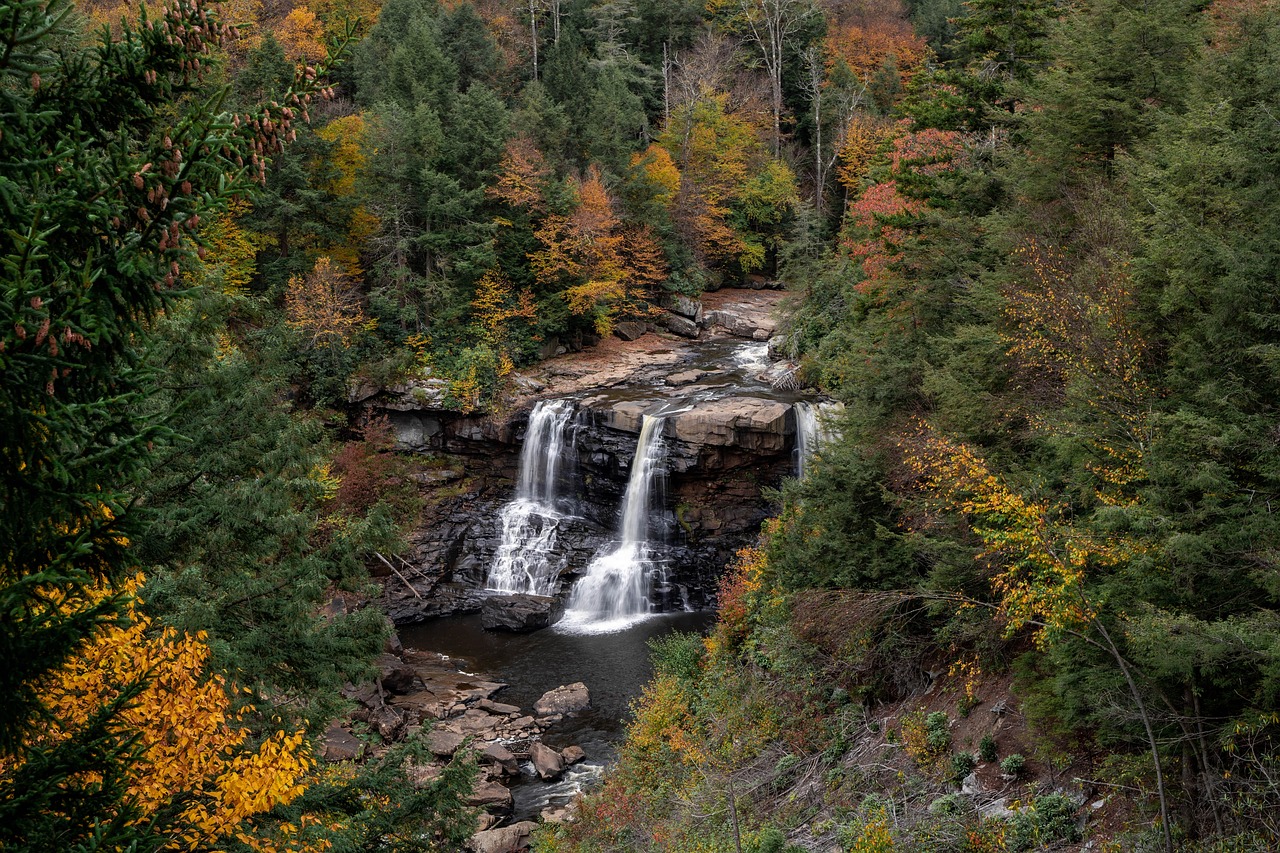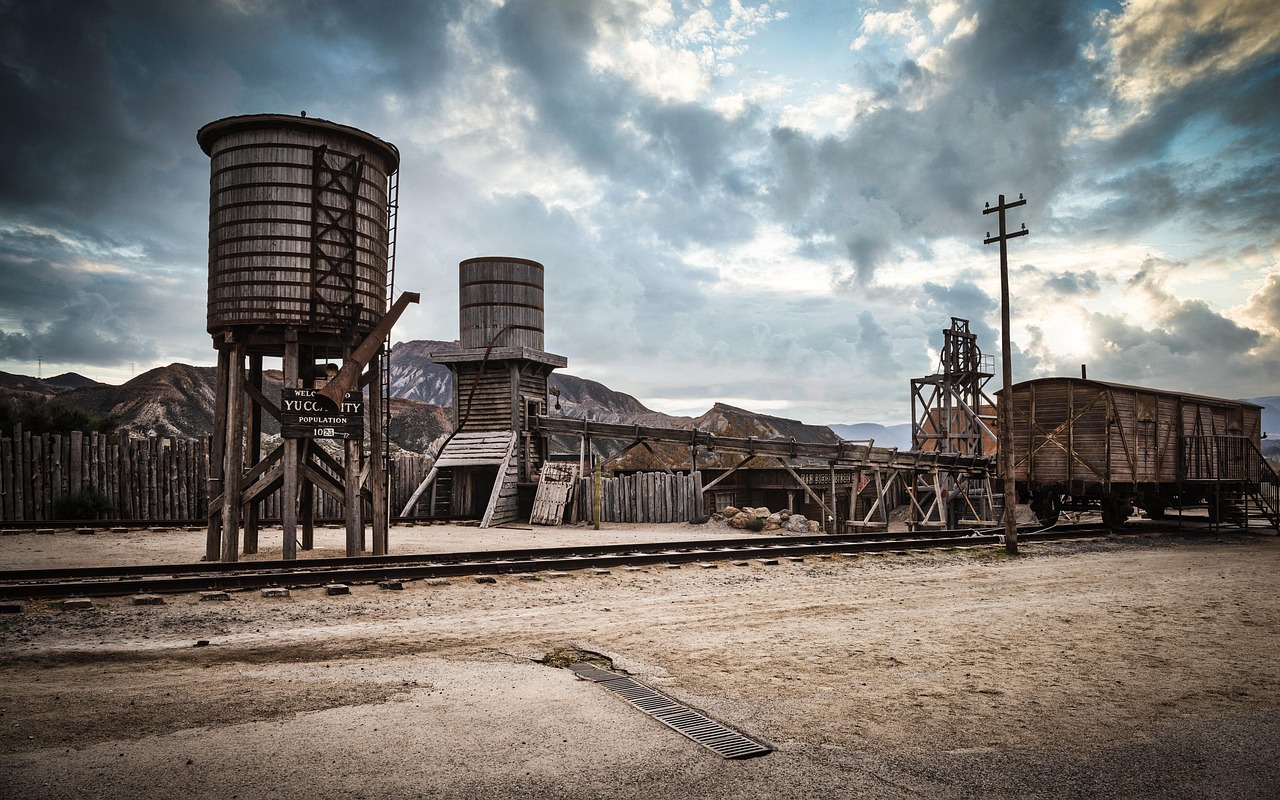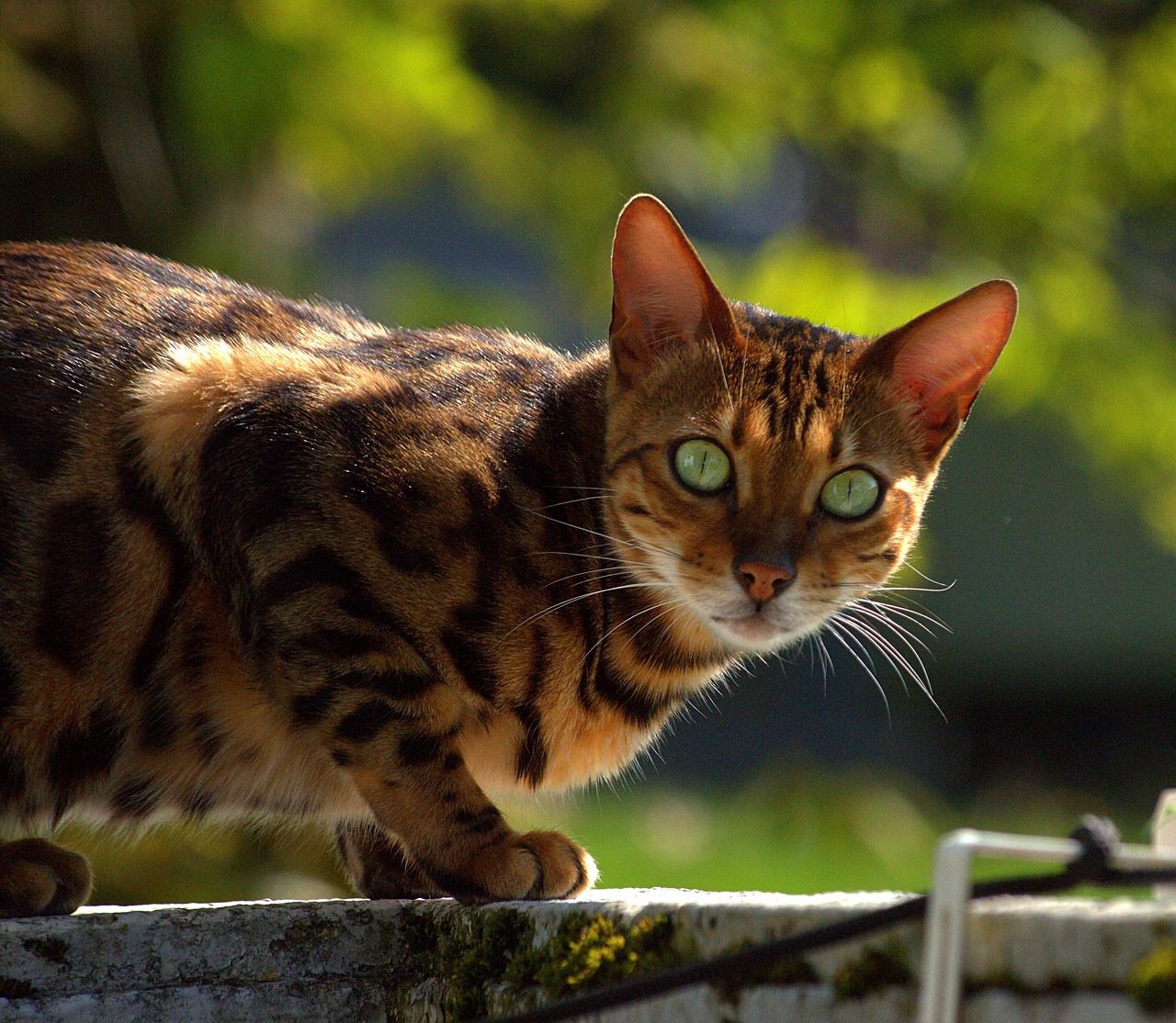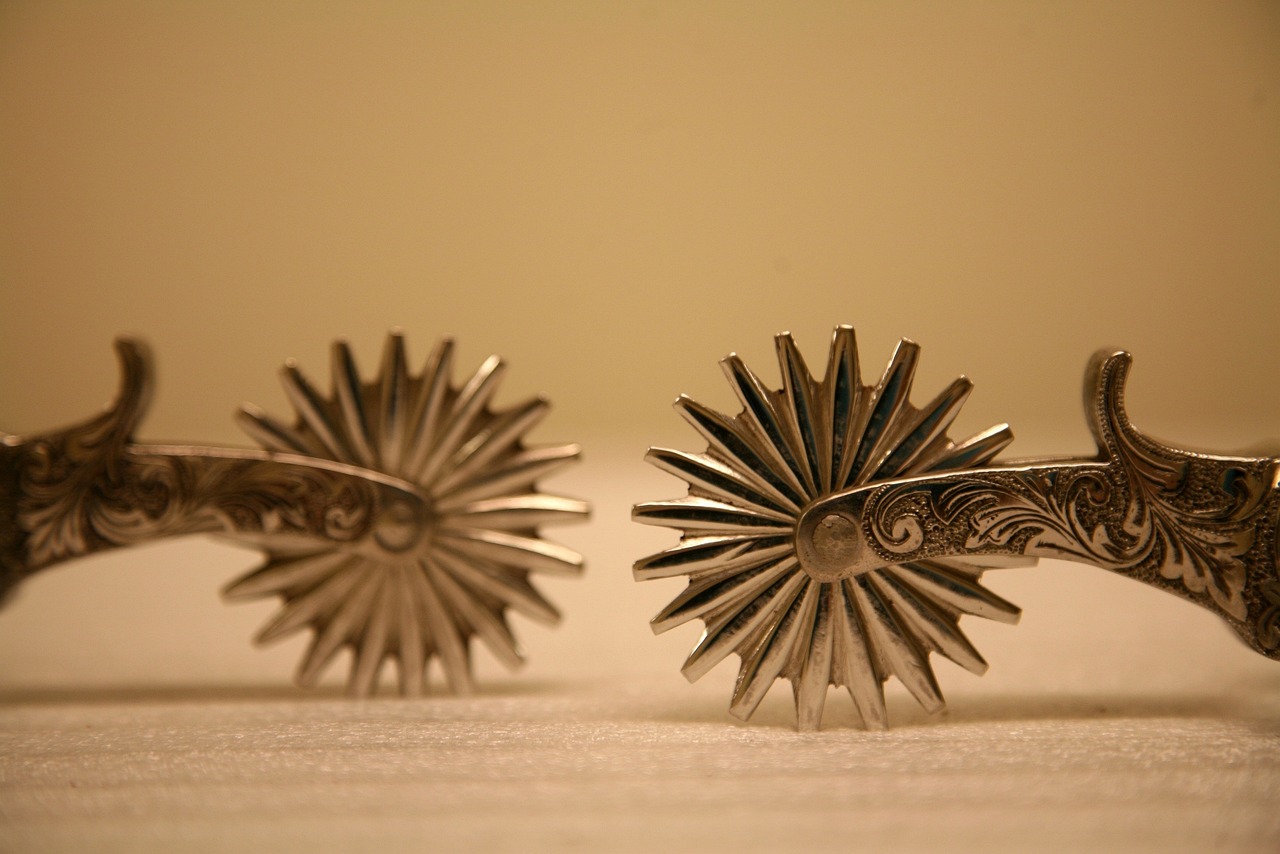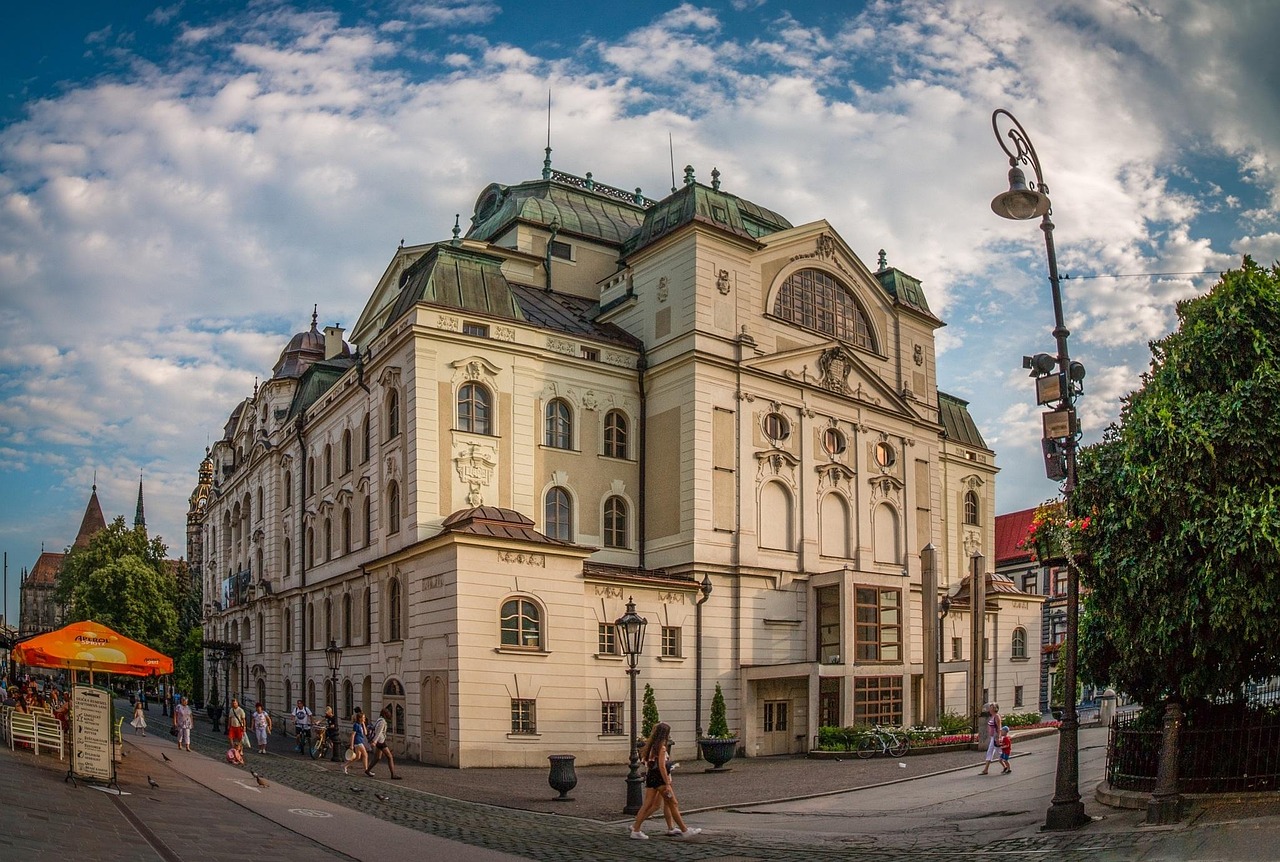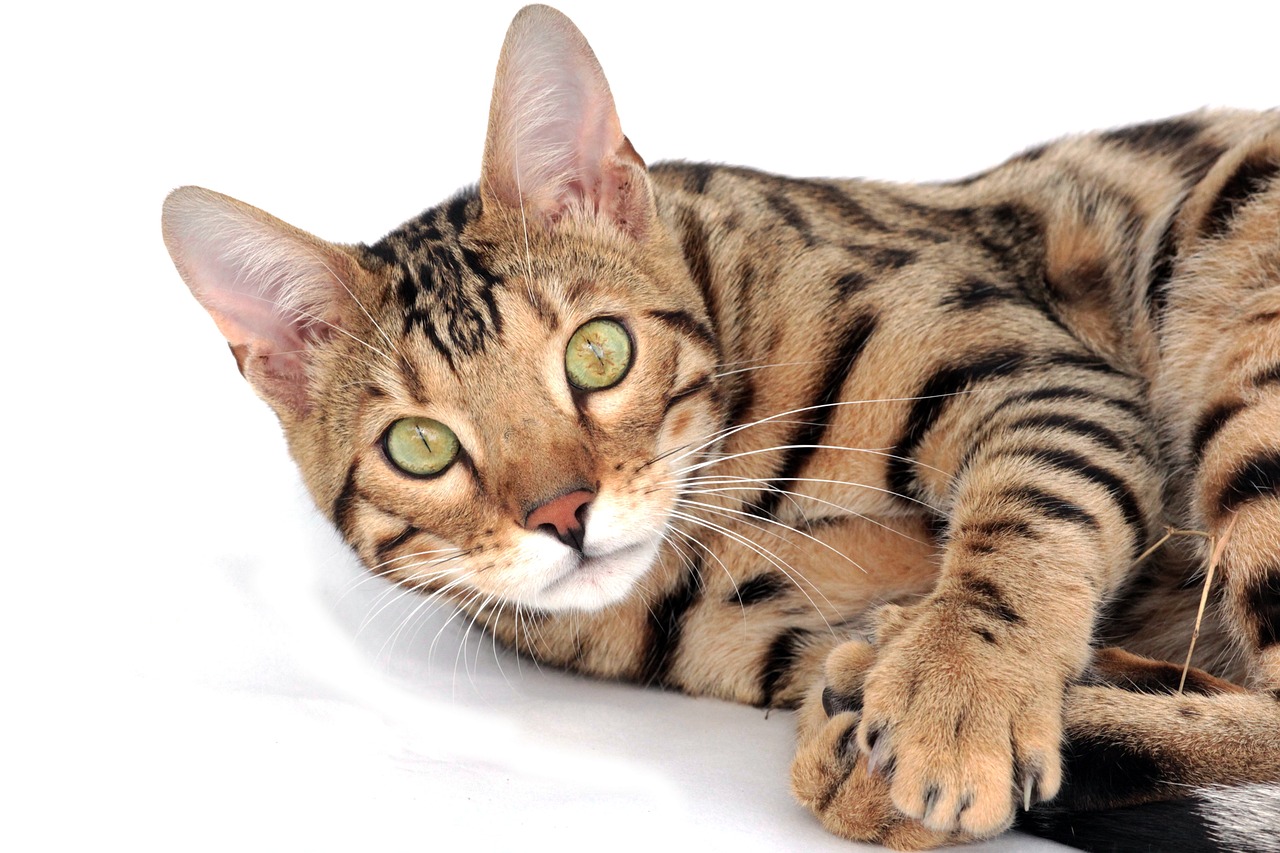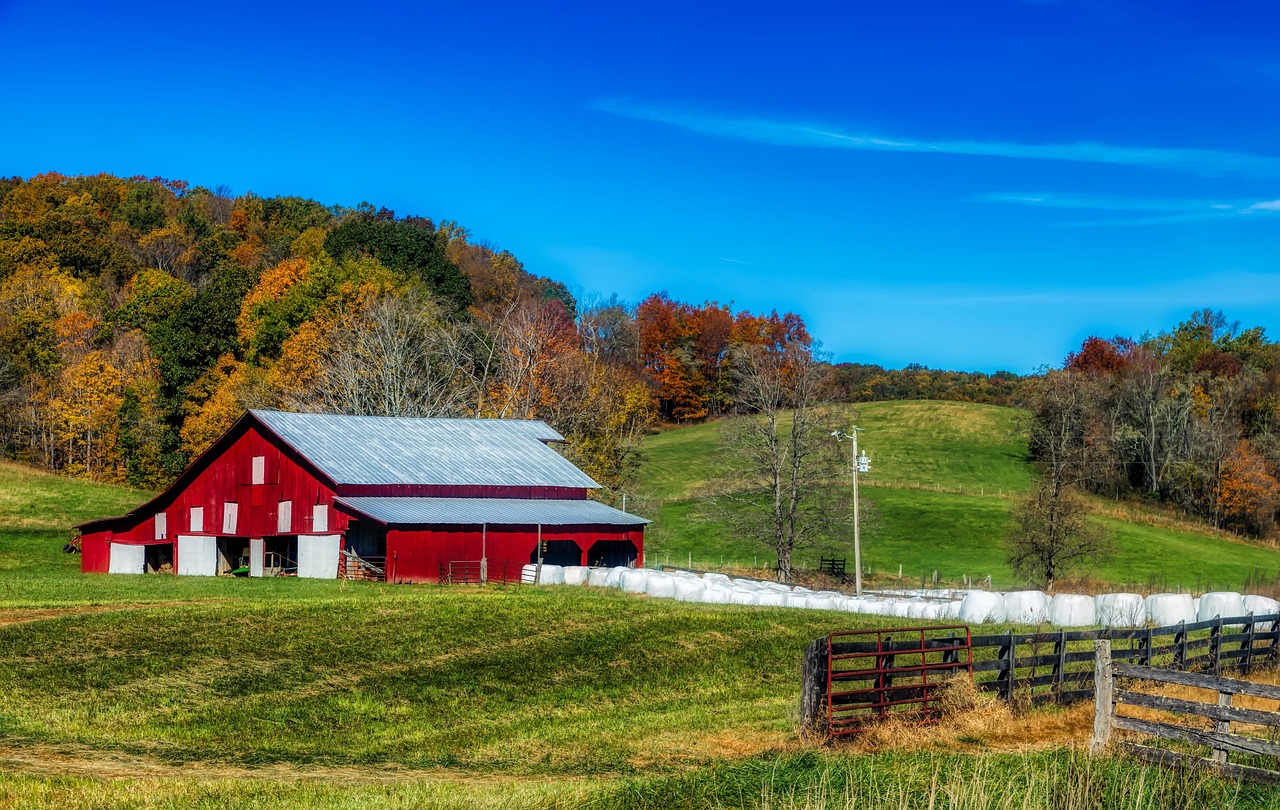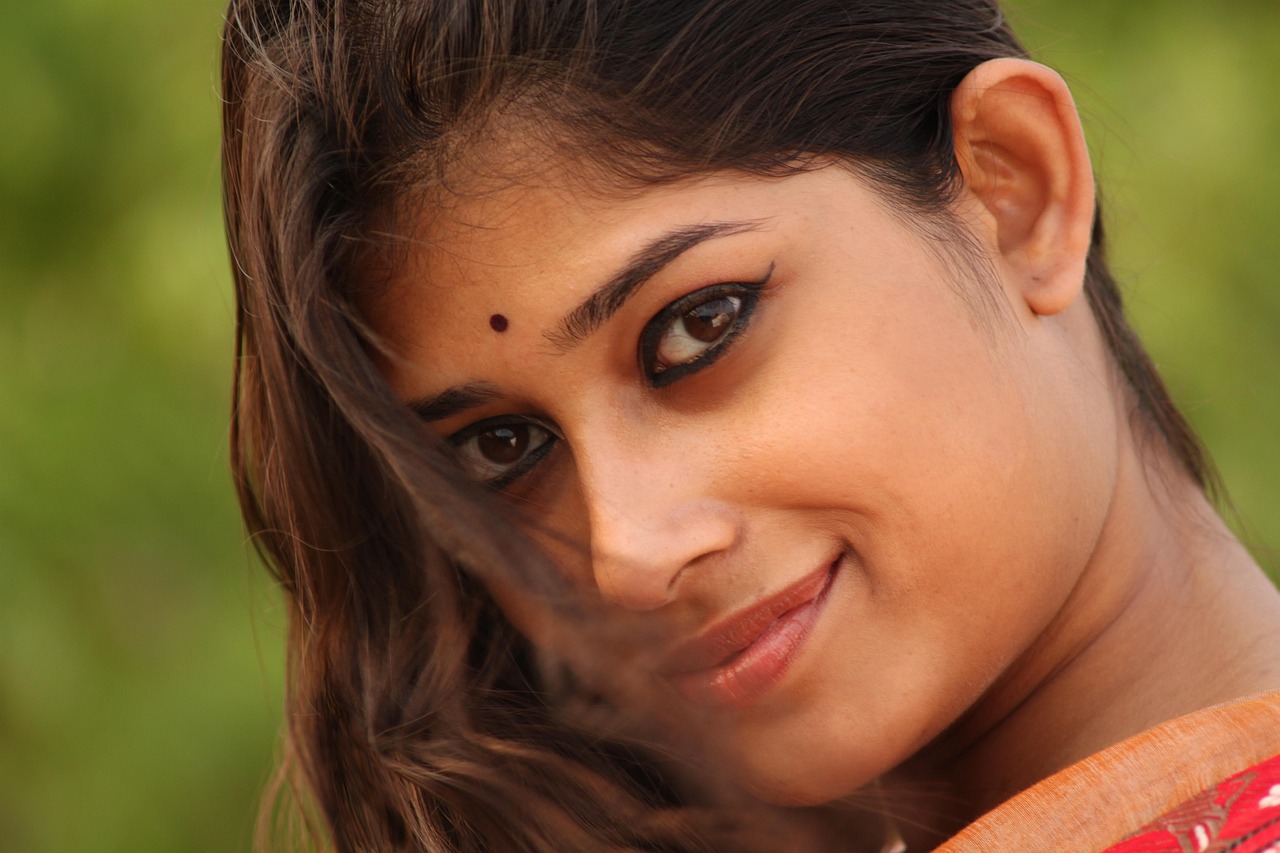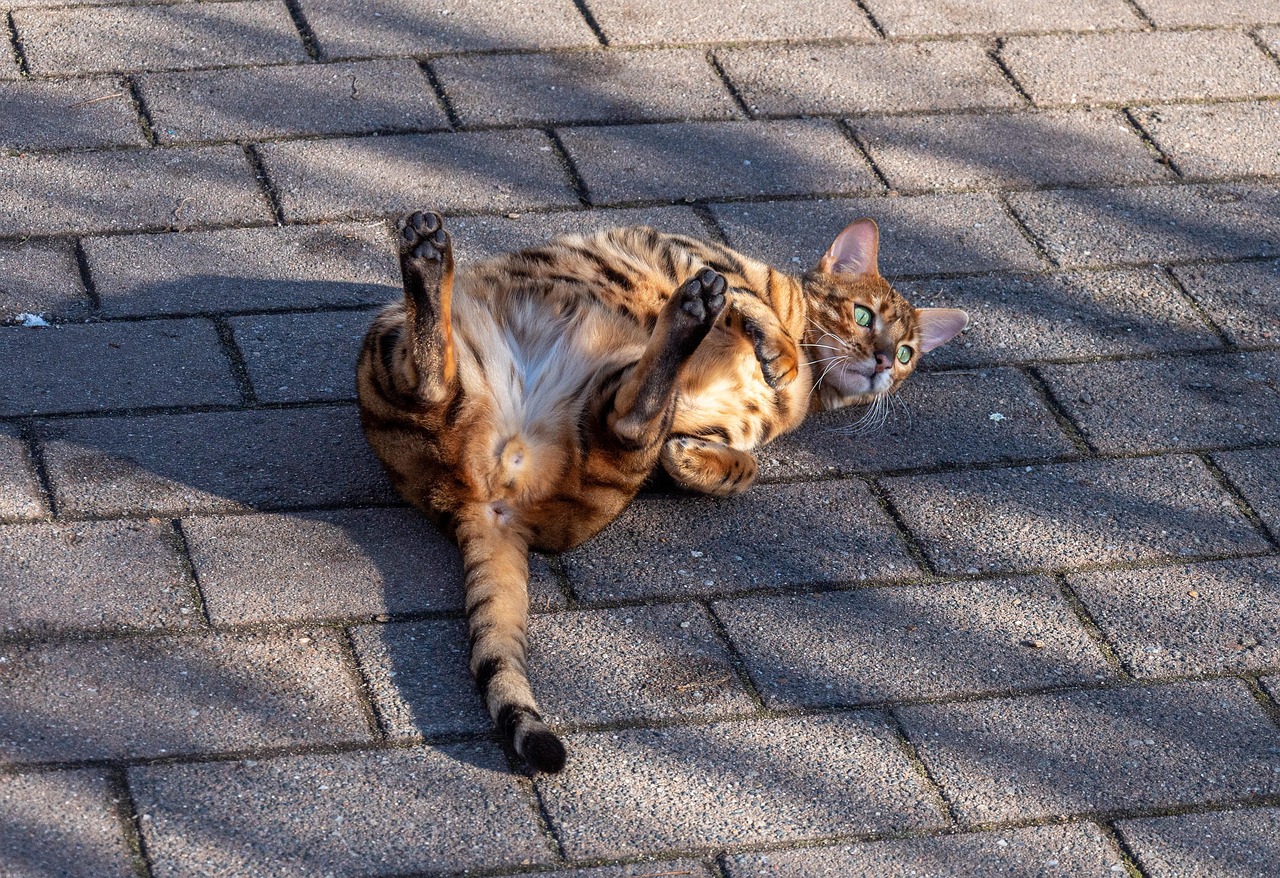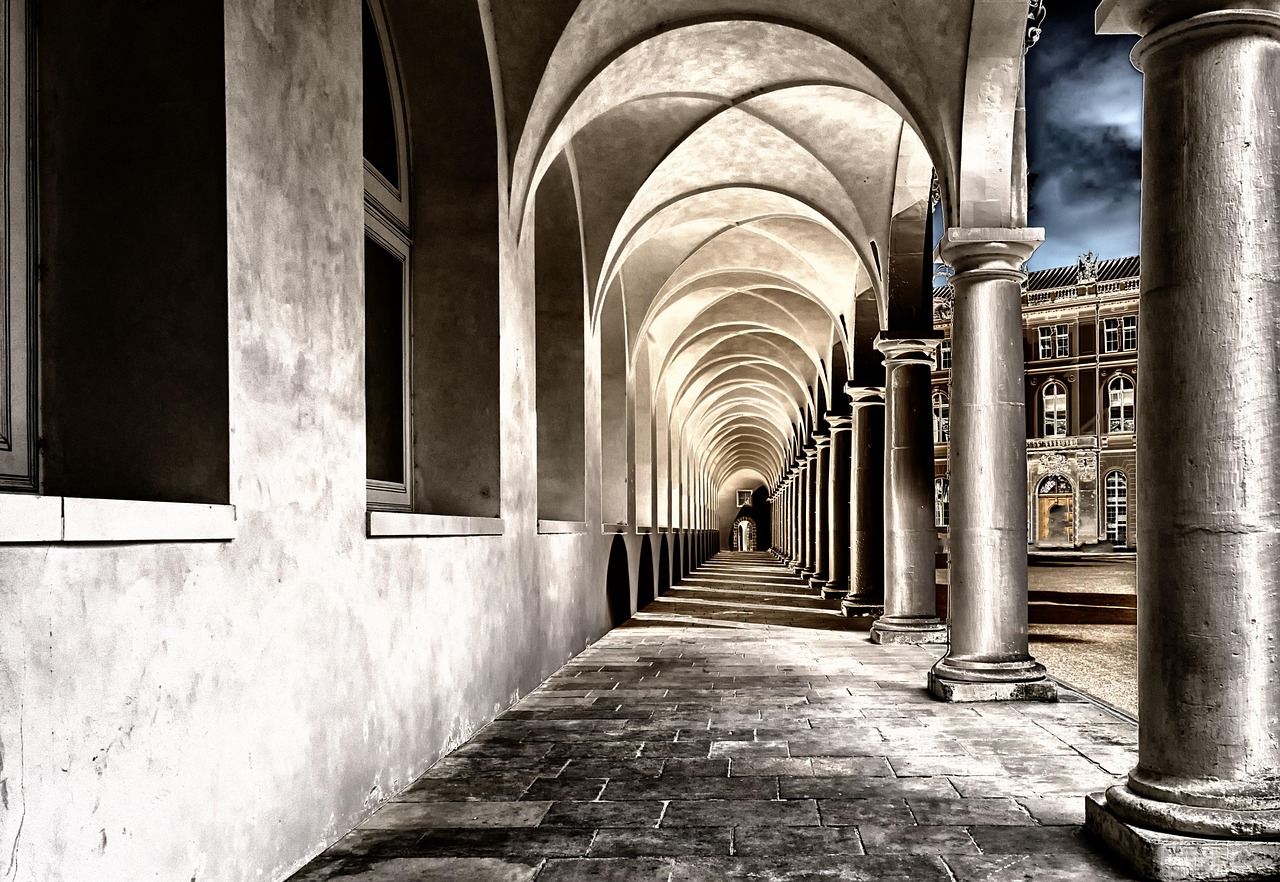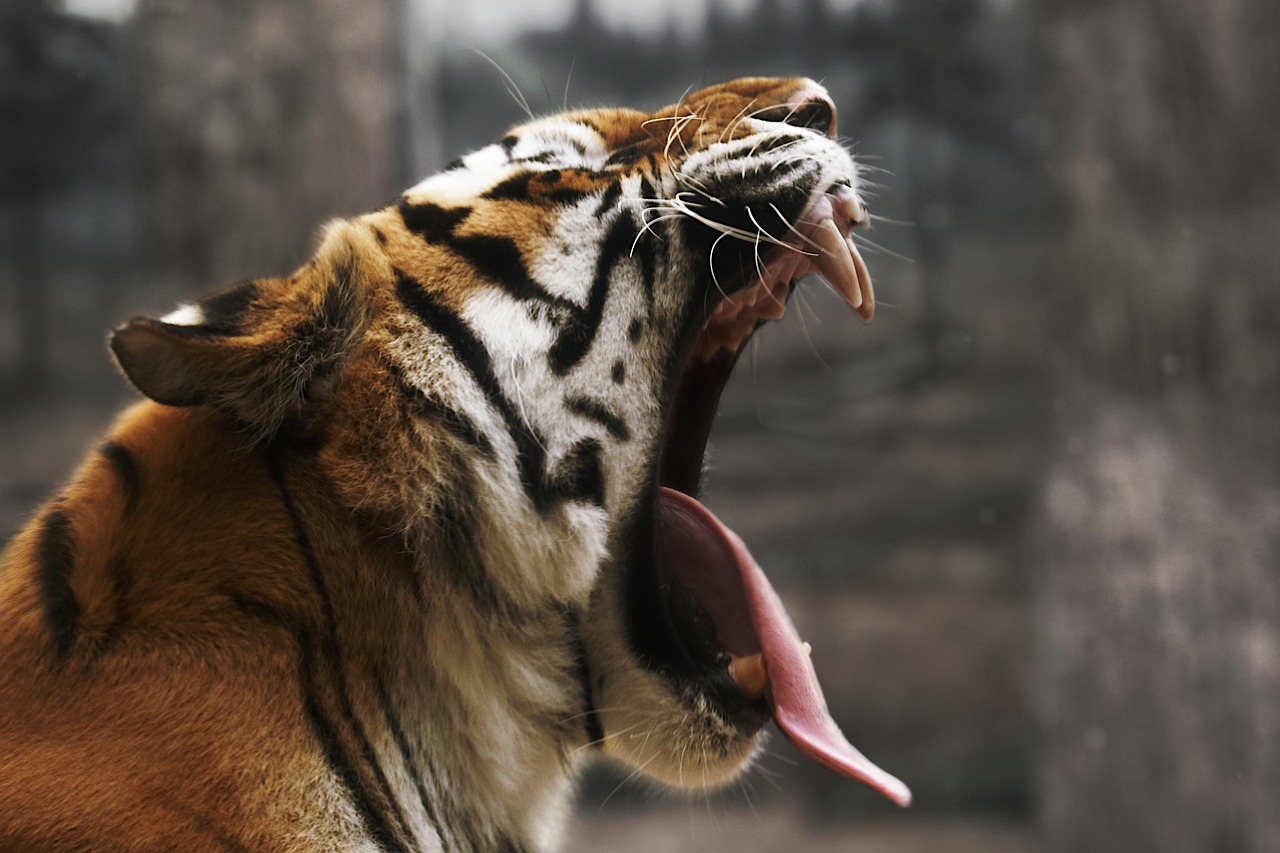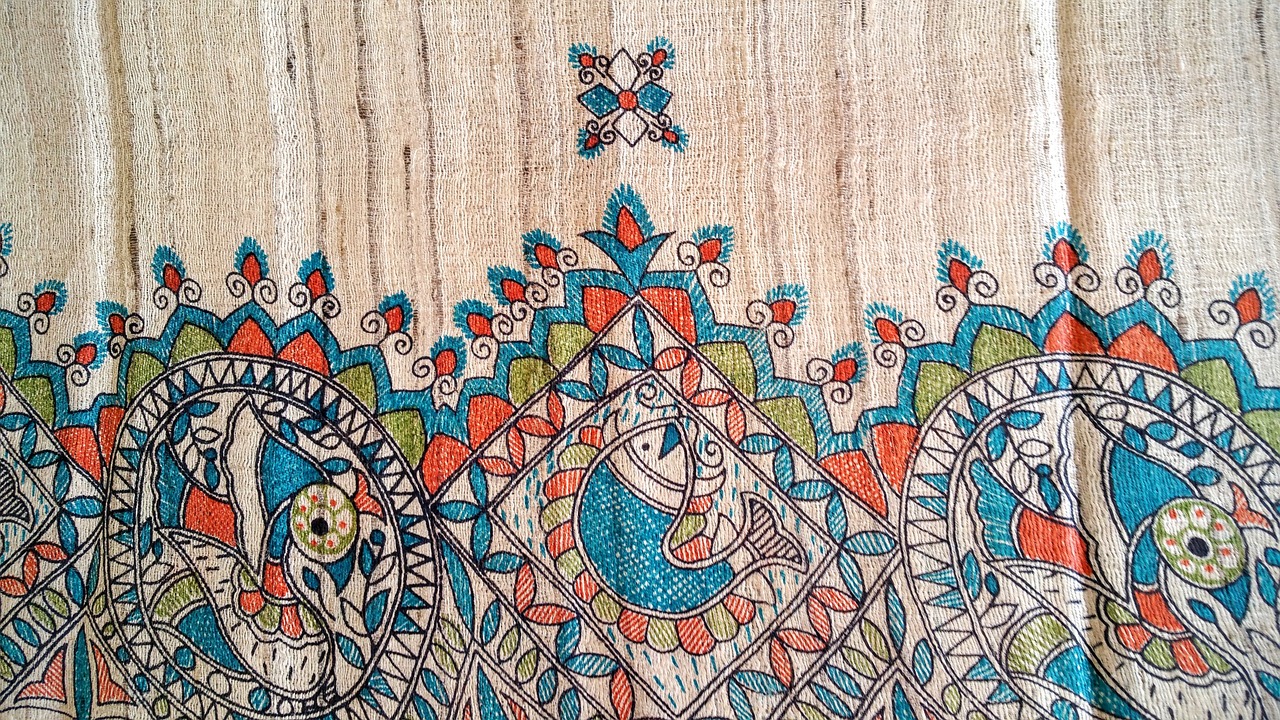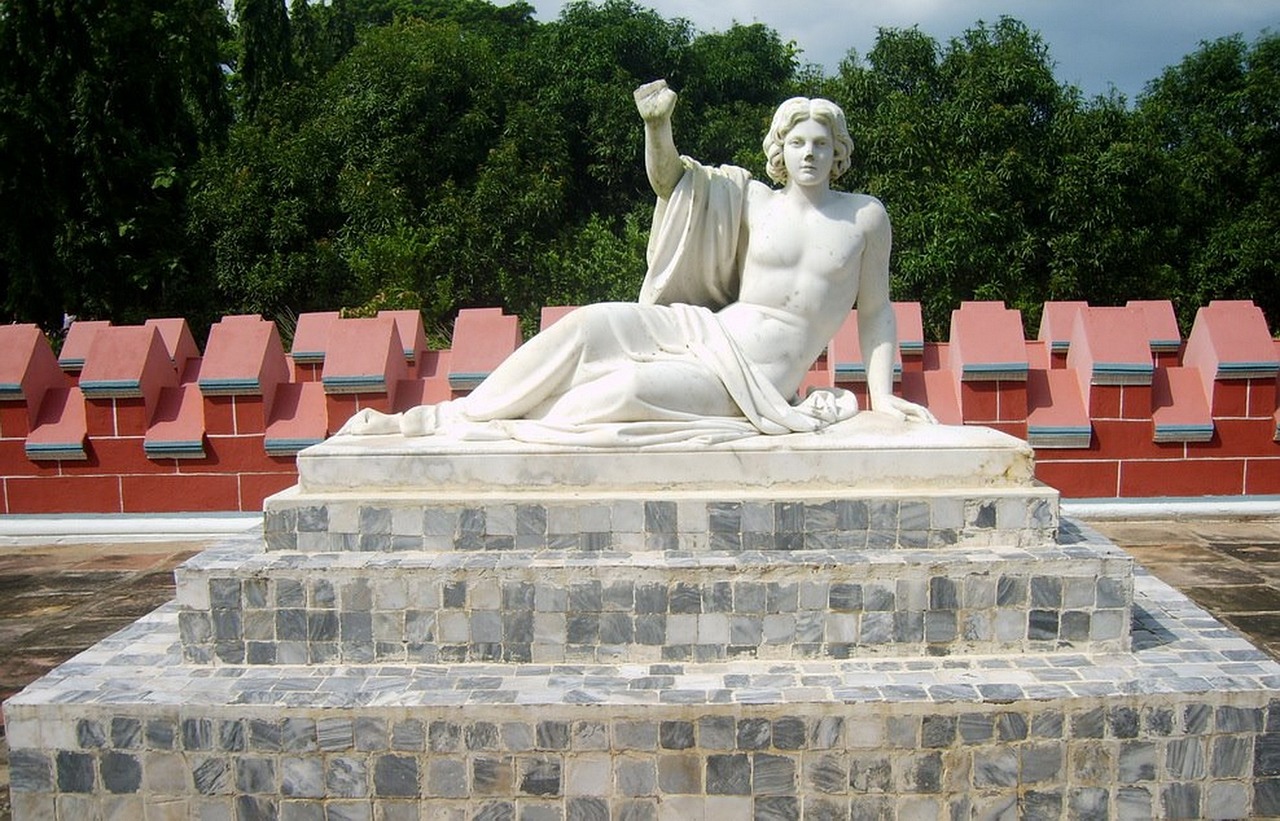This article explores the top ten attractions in Cooch Behar, a culturally rich town in West Bengal. Each site is significant not only for its historical value but also for its unique beauty and features that enhance your travel experience.
- Cooch Behar Palace: An architectural marvel that reflects the royal heritage of the town, showcasing stunning Indo-Saracenic architecture and lush gardens that invite exploration.
- Madan Mohan Bari: A revered temple dedicated to Lord Krishna, known for its intricate architecture and serene atmosphere, making it a must-visit for spiritual seekers and history enthusiasts alike.
- Cooch Behar Wildlife Sanctuary: A haven for nature lovers, offering a chance to observe diverse flora and fauna in their natural habitat, perfect for wildlife enthusiasts.
- Baneshwar Temple: Dedicated to Lord Shiva, this temple is known for its tranquil ambiance and picturesque surroundings, making it a popular pilgrimage site.
- Cooch Behar Rajbari: A historical palace that provides insights into the royal lifestyle of the Koch dynasty, featuring exquisite architecture and beautiful gardens.
- Jor Mandir: A twin temple complex famous for its unique architecture and historical significance, drawing visitors interested in ancient religious practices.
- Danguajhar Lake: A serene spot perfect for relaxation and picnics, surrounded by natural beauty, ideal for families and nature enthusiasts.
- Gharial Breeding Centre: This center is dedicated to the conservation of the endangered gharial species, providing educational insights into wildlife preservation efforts.
- Cooch Behar Market: A vibrant hub of local culture, offering a variety of handicrafts, spices, and traditional foods that reflect the town’s rich heritage.
- Historical Sites and Monuments: The town is dotted with various historical sites and monuments that narrate tales of its glorious past, making them essential stops for history buffs.
Each of these attractions contributes to the unique cultural tapestry of Cooch Behar, making it a fascinating destination for travelers. Whether you are drawn by history, spirituality, or nature, Cooch Behar has something to offer everyone, ensuring a memorable visit.
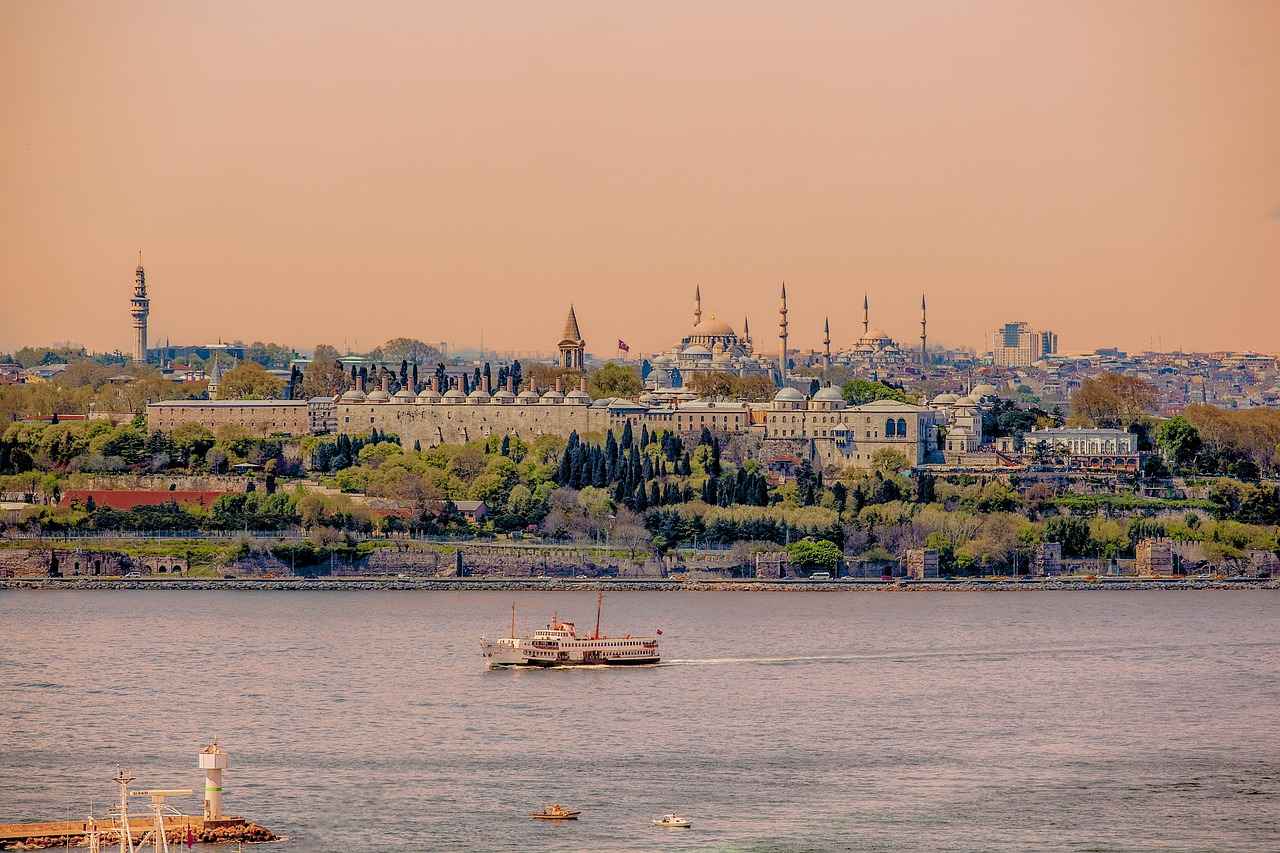
1. Cooch Behar Palace
The Cooch Behar Palace stands as a magnificent testament to the rich royal heritage of Cooch Behar, West Bengal. This architectural wonder, constructed in the late 19th century, showcases the splendid Indo-Saracenic style, which is a harmonious blend of Indian and Islamic architectural elements. The palace not only reflects the grandeur of the Koch dynasty but also serves as a cultural landmark that attracts visitors from far and wide.
As you approach the palace, you are greeted by its striking façade, adorned with intricate arches, domes, and columns that exemplify the artistic prowess of the era. The expansive grounds surrounding the palace are beautifully landscaped, featuring lush gardens that invite leisurely strolls and exploration. Visitors can immerse themselves in the serene environment, making it an ideal spot for photography and relaxation.
The palace also houses a museum that offers a glimpse into the royal lifestyle, showcasing artifacts, paintings, and memorabilia from the Koch dynasty. This provides a unique opportunity for history enthusiasts to delve deeper into the region’s past and appreciate the rich cultural tapestry that defines Cooch Behar.
For those planning a visit, it is advisable to allocate sufficient time to explore both the interior and exterior of the palace. The best time to visit is during the cooler months, from October to March, when the weather is pleasant for outdoor activities. Additionally, be sure to check local guidelines and timings to enhance your experience.
In conclusion, the Cooch Behar Palace is not just a monument; it is a vibrant piece of history that embodies the spirit of the town. Whether you are a history buff, an architecture enthusiast, or simply seeking a peaceful retreat, the palace offers something for everyone. Don’t miss the chance to witness this architectural marvel during your visit to Cooch Behar.

2. Madan Mohan Bari
Madan Mohan Bari is not just a temple; it is a sanctuary of spirituality nestled in the heart of Cooch Behar, West Bengal. Dedicated to Lord Krishna, this temple stands as a testament to the rich cultural and religious heritage of the region. The serene atmosphere and intricate architecture make it a must-visit destination for both spiritual seekers and history enthusiasts.
The temple’s history dates back to the 19th century, a time when it was established by the royal family of Cooch Behar. This historical background adds a layer of significance to the site, making it a focal point for those interested in the cultural landscape of the area.
Architectural Highlights: The temple is renowned for its ornate carvings and vibrant colors that reflect the artistic prowess of the era. The intricate designs and the use of bright hues create a captivating visual experience, attracting visitors from all walks of life. The temple’s structure is a blend of traditional and modern architectural styles, making it unique in its presentation.
Festivals Celebrated: Throughout the year, Madan Mohan Bari hosts various festivals that draw large crowds. Events like Janmashtami and Rath Yatra are celebrated with great enthusiasm, showcasing the vibrant traditions of the local community. These festivals not only enhance the spiritual experience but also allow visitors to immerse themselves in the local culture.
Visiting Tips: For those planning to visit, the best times are during the early morning or late afternoon to avoid the crowds. It is also advisable to observe local customs, such as dressing modestly and participating respectfully in rituals. This ensures a fulfilling and respectful experience at this sacred site.
In conclusion, Madan Mohan Bari stands as a beacon of spirituality and history in Cooch Behar. Its architectural beauty, rich traditions, and serene environment make it an essential stop for anyone exploring the cultural depths of West Bengal.
History of Madan Mohan Bari
The Madan Mohan Bari temple, a significant landmark in Cooch Behar, boasts a profound history that dates back to the 19th century. This temple is not only a spiritual haven but also a testament to the rich cultural tapestry of the region. Established during the reign of the Koch dynasty, it reflects the artistic and architectural brilliance of that era.
Originally built to honor Lord Krishna, the temple has become a central point for the local community, drawing devotees and tourists alike. The historical context of Madan Mohan Bari is intertwined with the socio-political landscape of Cooch Behar, as it served as a gathering place for various religious and cultural activities. This temple is a symbol of devotion and heritage, representing the spiritual aspirations of the people.
As one explores the temple’s surroundings, the influence of Hindu traditions becomes evident, with festivals celebrated throughout the year, including Janmashtami and Rath Yatra. These events not only attract large crowds but also showcase the vibrant traditions and communal spirit of the local populace.
Architecturally, Madan Mohan Bari is adorned with intricate carvings and vibrant colors, reflecting the artistic prowess of the time. The temple’s design is a blend of traditional and contemporary styles, making it a visual delight for visitors. As one walks through its halls, the atmosphere is filled with a sense of peace and reverence, inviting reflection and contemplation.
In conclusion, the history of Madan Mohan Bari is not just about its age or architecture; it encapsulates the essence of Cooch Behar’s cultural identity. For anyone visiting the region, a trip to this temple is essential to truly appreciate the rich heritage and spiritual legacy it represents.
Architectural Highlights
The Madan Mohan Bari temple stands as a testament to the rich cultural and artistic heritage of Cooch Behar. Its architectural features are a blend of intricate ornate carvings and vibrant colors, which not only showcase the artistic prowess of the era but also serve to attract both pilgrims and tourists from far and wide.
As you approach the temple, the first thing that captures your attention is the exquisite facade, adorned with detailed sculptures that depict various deities and mythological stories. These carvings are not merely decorative; they tell the tales of the rich history and spirituality that permeate the region. The color palette used in the temple’s design is equally striking, featuring shades of deep reds, vibrant yellows, and soothing blues that reflect the local culture and traditions.
Inside the temple, the ambiance is serene, enhanced by the soft glow of natural light filtering through stained glass windows. The layout is thoughtfully designed, allowing visitors to navigate easily while absorbing the spiritual significance of each area. The central altar, where the deity is enshrined, is surrounded by intricately carved pillars that add to the temple’s majestic aura.
Moreover, the temple’s architecture is a prime example of Indo-Saracenic style, which is characterized by its fusion of Indian and Islamic architectural elements. This unique blend not only enhances its aesthetic appeal but also signifies the cultural amalgamation that defines Cooch Behar’s history.
In conclusion, the architectural highlights of Madan Mohan Bari are not just about its visual beauty; they encapsulate the spiritual essence and historical depth of the region. Whether you are a history enthusiast, an art lover, or a spiritual seeker, this temple offers a profound experience that resonates with its visitors.
Festivals Celebrated
Madan Mohan Bari is not just a temple; it is a vibrant hub of cultural activity that plays a crucial role in the spiritual and social life of the local community. This revered site hosts a variety of festivals throughout the year, each attracting large crowds and showcasing the rich traditions that define the area.
One of the most significant festivals celebrated at Madan Mohan Bari is Janmashtami, which marks the birth of Lord Krishna. During this festival, devotees gather in droves to participate in poojas, sing devotional songs, and engage in traditional dance forms. The temple is beautifully decorated with flowers and lights, creating a mesmerizing atmosphere that enchants both visitors and locals alike.
Another prominent event is the Rath Yatra, where the idol of Lord Krishna is paraded through the streets in a grand procession. This festival not only highlights the religious fervor of the community but also serves as a platform for showcasing local art and culture, with various performances taking place along the route.
Throughout the year, other festivals such as Holi and Diwali are also celebrated with great enthusiasm at Madan Mohan Bari. These occasions bring together people from different backgrounds, fostering a sense of unity and community spirit. The temple grounds transform into a vibrant carnival, filled with colorful decorations, delicious traditional foods, and joyful celebrations.
In addition to the religious significance, these festivals provide an excellent opportunity for visitors to immerse themselves in the local culture. Tourists are encouraged to participate in the festivities, offering a unique glimpse into the rich heritage of Cooch Behar.
Whether you are a spiritual seeker or simply a curious traveler, visiting Madan Mohan Bari during one of its many festivals is an experience that promises to be memorable and enriching.
Visiting Tips
Visiting Tips for Madan Mohan Bari
When planning your visit to Madan Mohan Bari, it is essential to consider a few practical tips to ensure a respectful and enriching experience. This revered temple, dedicated to Lord Krishna, attracts both pilgrims and tourists, and understanding local customs can greatly enhance your visit.
- Best Time to Visit: The ideal times to visit Madan Mohan Bari are during the early morning or late afternoon. These times not only provide a cooler atmosphere but also allow you to witness the temple’s serene ambiance, especially during the morning aarti (prayer ceremony).
- Dress Code: Visitors are expected to dress modestly. It is advisable to wear traditional attire or at least cover your arms and legs. This shows respect for the sanctity of the temple.
- Local Customs: Upon entering the temple, it is customary to remove your shoes. Ensure you follow this practice as it is a sign of respect. Additionally, refrain from taking photographs inside the temple premises unless permitted.
- Offerings: If you wish to make offerings, you can bring flowers, fruits, or sweets. However, it is best to check with local devotees about specific customs regarding offerings, as they may vary.
- Cultural Sensitivity: Be mindful of the local culture and traditions. Engaging with the local community respectfully can enhance your experience and provide deeper insights into the temple’s significance.
By following these tips, you will not only enjoy your visit to Madan Mohan Bari but also contribute to a respectful and enriching atmosphere that honors the spiritual essence of this beautiful temple.
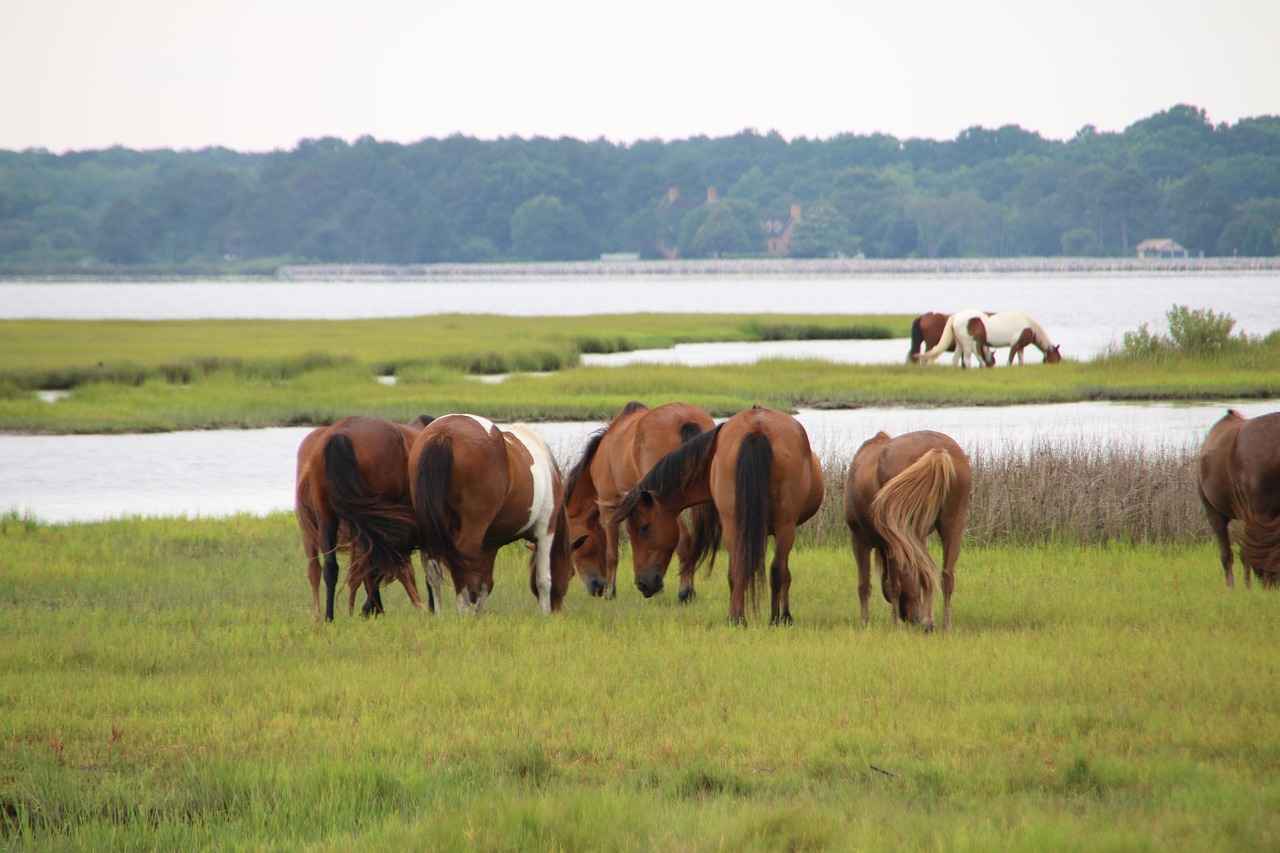
3. Cooch Behar Wildlife Sanctuary
The Cooch Behar Wildlife Sanctuary is a breathtaking destination that captivates both nature lovers and wildlife enthusiasts. Nestled in the heart of West Bengal, this sanctuary offers a unique opportunity to witness a rich tapestry of flora and fauna in their natural habitat. Spanning over 88 square kilometers, it is a vital ecological zone that plays a crucial role in conserving the region’s biodiversity.
Within the sanctuary, visitors can explore a diverse range of plant species, including lush green forests and grasslands. The sanctuary is home to various animals, including:
- Bengal Tiger
- Indian Elephant
- Leopard
- Various Bird Species such as the Indian Peafowl and Kingfisher
This rich biodiversity makes the sanctuary a haven for birdwatchers and wildlife photographers. The serene environment provides a perfect backdrop for observing these magnificent creatures in their natural surroundings.
The ideal time to visit the Cooch Behar Wildlife Sanctuary is during the winter months, from November to February, when the weather is pleasant and wildlife sightings are more frequent. During this period, the sanctuary comes alive with migratory birds, enhancing the experience for visitors.
To make the most of your visit, consider the following tips:
- Guided Tours: Opt for guided tours to gain insights from experts about the flora and fauna.
- Photography: Bring a good camera to capture the stunning landscapes and wildlife.
- Respect Nature: Follow all guidelines to minimize your impact on the environment.
The Cooch Behar Wildlife Sanctuary is not just a destination; it is an experience that connects visitors with nature in its purest form. Whether you are a seasoned wildlife enthusiast or a casual traveler, the sanctuary promises an unforgettable adventure.
Flora and Fauna
The Cooch Behar Wildlife Sanctuary is a treasure trove of biodiversity, showcasing a myriad of unique species of plants and animals that contribute to its status as a vital ecological zone in the region. This sanctuary is not just a refuge for wildlife; it plays a crucial role in maintaining ecological balance and preserving the natural heritage of West Bengal.
Within the sanctuary, visitors can encounter rare plant species that thrive in the diverse habitats ranging from wetlands to grasslands. The flora includes various medicinal plants and endemic species that are essential for local ecosystems. The sanctuary is also home to a variety of trees, shrubs, and flowering plants that create a vibrant tapestry of colors throughout the year.
In terms of fauna, the sanctuary boasts an impressive array of animals, including migratory birds, reptiles, and mammals. Birdwatchers will delight in spotting species such as the Indian Hornbill and the Black-necked Stork, which are among the many avian residents. The sanctuary is also a habitat for several endangered species, including the Indian Python and the Leopard, making it a critical area for conservation efforts.
| Species Type | Examples |
|---|---|
| Flora | Bamboo, Sal, Teak |
| Fauna | Royal Bengal Tiger, Indian Elephant, Various Bird Species |
Visiting the Cooch Behar Wildlife Sanctuary offers a unique opportunity to immerse oneself in nature while appreciating the delicate balance of life that thrives here. Whether you’re a nature enthusiast or a casual visitor, the sanctuary promises an enriching experience filled with discovery.
Best Time to Visit
When planning a trip to the Cooch Behar Wildlife Sanctuary, understanding the best times to visit is crucial for maximizing your wildlife viewing opportunities and ensuring a comfortable experience. The sanctuary, rich in biodiversity, offers visitors a chance to observe various species in their natural habitat.
The ideal seasons for visiting the sanctuary are:
- Winter (November to February): This is the most popular time to visit, as the weather is pleasant with temperatures ranging from 10°C to 20°C. The cooler climate makes wildlife more active, increasing your chances of spotting animals such as deer, elephants, and various bird species.
- Spring (March to April): As temperatures begin to rise, the sanctuary becomes a vibrant hub of activity. This season is ideal for birdwatchers, as many migratory birds return, filling the skies with color and sound.
- Monsoon (June to September): While the rains can make the sanctuary lush and beautiful, wildlife viewing can be challenging. Many animals seek shelter during heavy rains, making sightings less frequent. However, this season is perfect for those who appreciate the tranquility and the rejuvenation of nature.
To enhance your visit, consider the following tips:
- Plan for Early Morning or Late Afternoon: Wildlife is most active during these times, increasing your chances of sightings.
- Stay Hydrated: Carry enough water, especially during the warmer months, to keep yourself refreshed.
- Respect Wildlife: Maintain a safe distance from animals and follow the park guidelines to ensure both your safety and the animals’ well-being.
In conclusion, the Cooch Behar Wildlife Sanctuary offers a unique experience throughout the year, but planning your visit during the winter or spring months will provide the best opportunities for wildlife viewing while enjoying pleasant weather. Whether you are a nature enthusiast, a photographer, or simply seeking a peaceful retreat, the sanctuary promises a memorable experience.
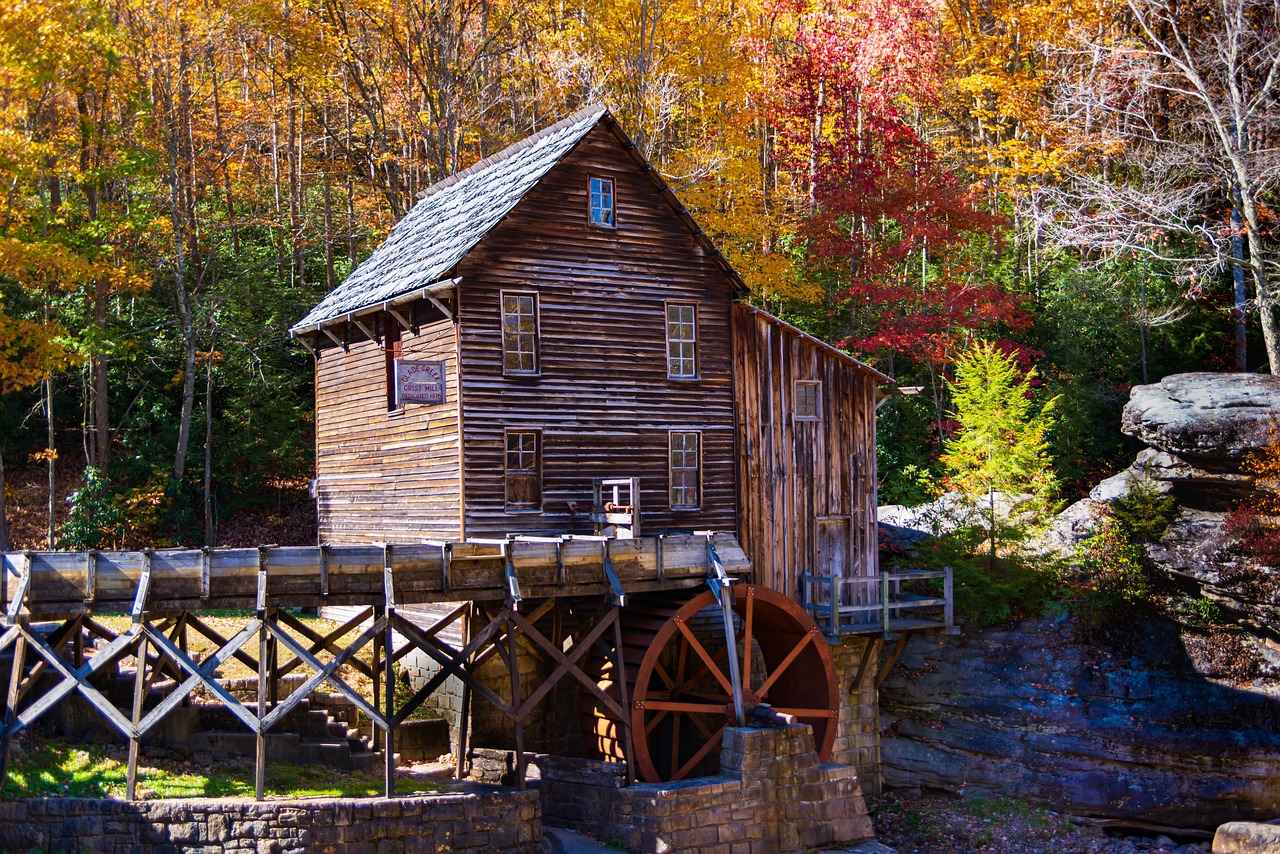
4. Baneshwar Temple
Baneshwar Temple, a sacred shrine dedicated to Lord Shiva, is renowned for its serene atmosphere and stunning natural surroundings. Nestled amidst lush greenery, this temple offers a peaceful retreat for both pilgrims and tourists alike. The tranquil ambiance, combined with the scenic beauty, makes it a favored destination for spiritual seekers and nature lovers.
Historical Significance
The temple holds a significant place in the hearts of locals, as it is believed to be a site where devotees can connect with the divine. The history of Baneshwar Temple is rich, with tales of devotion and miracles associated with Lord Shiva. Its ancient architecture reflects the artistic styles of the past, captivating visitors with its intricate designs and carvings.
Architectural Features
The temple’s architecture is a blend of traditional and contemporary styles, featuring ornate sculptures and beautifully crafted pillars. The main sanctum houses a magnificent idol of Lord Shiva, adorned with offerings from devotees. The surrounding landscape enhances the temple’s charm, making it an ideal spot for photography and reflection.
Festivals and Celebrations
Throughout the year, Baneshwar Temple is a hub of activity, especially during major festivals like Mahashivaratri and Navaratri. These celebrations attract large crowds, with devotees participating in rituals and prayers, creating a vibrant atmosphere filled with devotion and joy.
Visiting Tips
- Plan your visit during early morning or late afternoon for a more peaceful experience.
- Dress modestly and respectfully, as it is a place of worship.
- Take part in the local rituals to immerse yourself in the cultural experience.
In conclusion, Baneshwar Temple is not just a religious site; it is a sanctuary where spirituality meets nature. Whether you are seeking solace, adventure, or cultural enrichment, this temple promises a fulfilling experience.

5. Cooch Behar Rajbari
Cooch Behar Rajbari stands as a magnificent testament to the royal heritage of the Koch dynasty, offering visitors a glimpse into the opulent lifestyle of the past. This historical palace, with its stunning Indo-Saracenic architecture, is not just a building; it is a symbol of cultural pride and a significant landmark in Cooch Behar.
The palace was constructed in the late 19th century and showcases an exquisite blend of Indian and European architectural styles. Its grand façade, complete with intricate carvings and majestic domes, draws visitors from far and wide. The lush gardens surrounding the palace add to its allure, providing a serene environment that invites exploration and relaxation.
As you wander through the expansive grounds, you will encounter beautifully manicured lawns and a variety of flora, making it a perfect spot for photography enthusiasts. The palace also houses a museum that features a collection of royal artifacts, paintings, and historical documents that narrate the rich history of the Koch dynasty.
- Architectural Highlights: The Rajbari’s unique architecture includes grand arches, ornate pillars, and decorative motifs that reflect the artistic sensibilities of its time.
- Gardens: The sprawling gardens are not only visually stunning but also serve as a peaceful retreat for visitors.
- Visiting Information: Open to the public, the palace is accessible throughout the week, making it a convenient stop for tourists.
In conclusion, a visit to the Cooch Behar Rajbari is essential for anyone looking to immerse themselves in the rich history and culture of Cooch Behar. The palace stands as a reminder of the region’s royal past and continues to captivate the hearts of all who walk through its gates.
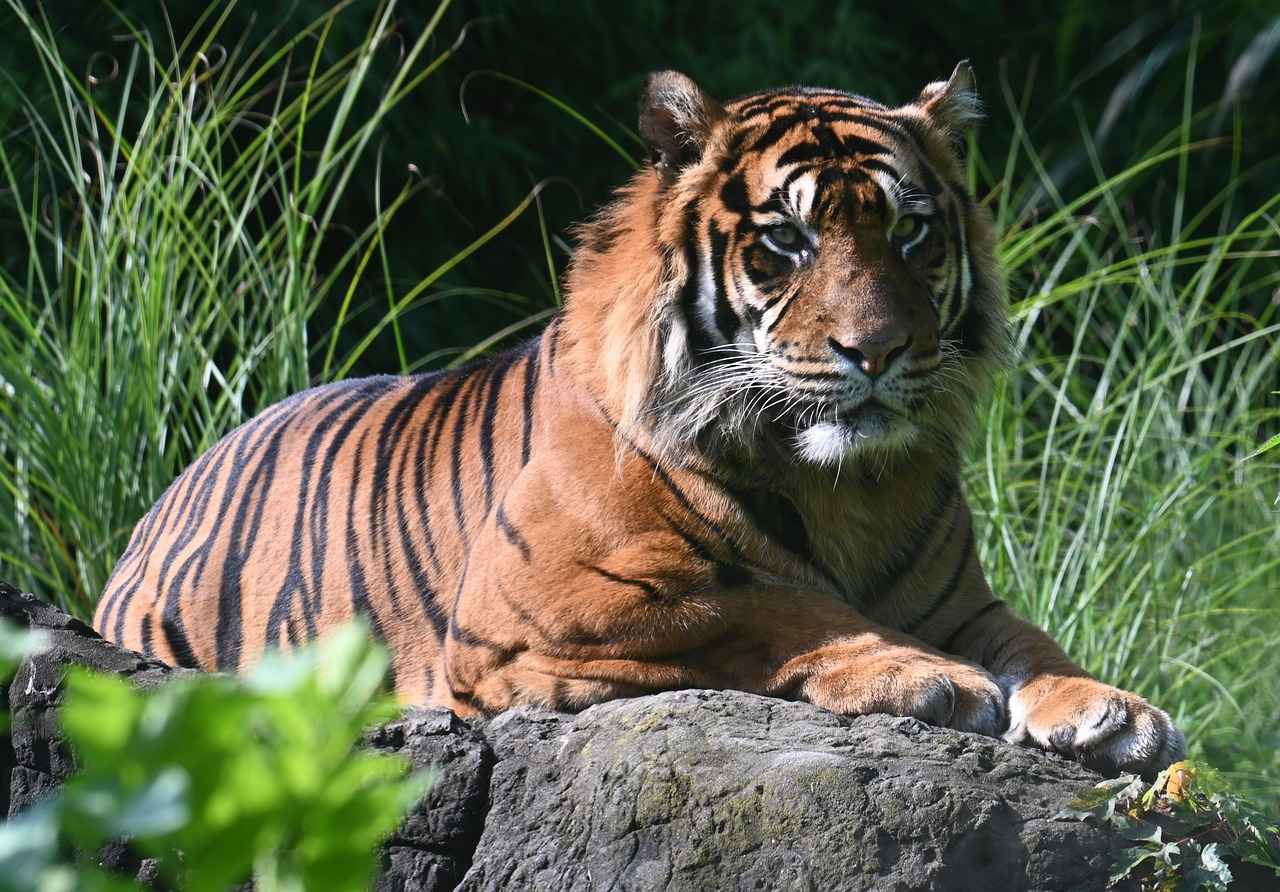
6. Jor Mandir
Jor Mandir, an exquisite twin temple complex located in the heart of Cooch Behar, is renowned for its unique architectural style and profound historical significance. This temple complex attracts a multitude of visitors, especially those with a keen interest in ancient religious practices and artistic heritage.
Constructed in the late 18th century, Jor Mandir is dedicated to the deities of Lord Shiva and Goddess Durga. The design of the temples showcases a blend of Hindu architectural elements with influences from the local style, creating a harmonious aesthetic that captivates all who visit. The intricate carvings and detailed sculptures adorning the temple walls depict various mythological stories, offering a glimpse into the rich cultural tapestry of the region.
Visitors to Jor Mandir often find themselves mesmerized by the serene ambiance surrounding the complex. The lush gardens and tranquil water bodies nearby provide a perfect setting for meditation and reflection. This peaceful environment makes it an ideal spot for both spiritual seekers and tourists looking to immerse themselves in the local culture.
| Key Features | Description |
|---|---|
| Architectural Style | Unique blend of Hindu and local architectural elements |
| Historical Significance | Constructed in the late 18th century, reflecting the rich cultural heritage |
| Visitor Experience | Serene ambiance, lush gardens, and intricate carvings |
For those planning a visit, it is advisable to explore the temple complex during the early morning or late afternoon to fully appreciate its beauty without the crowds. Additionally, participating in local rituals can enhance your understanding of the cultural significance of Jor Mandir.
In conclusion, Jor Mandir is not just a place of worship but a historical monument that encapsulates the essence of Cooch Behar’s rich heritage. Whether you are a history enthusiast or simply seeking a tranquil escape, this temple complex promises a memorable experience.
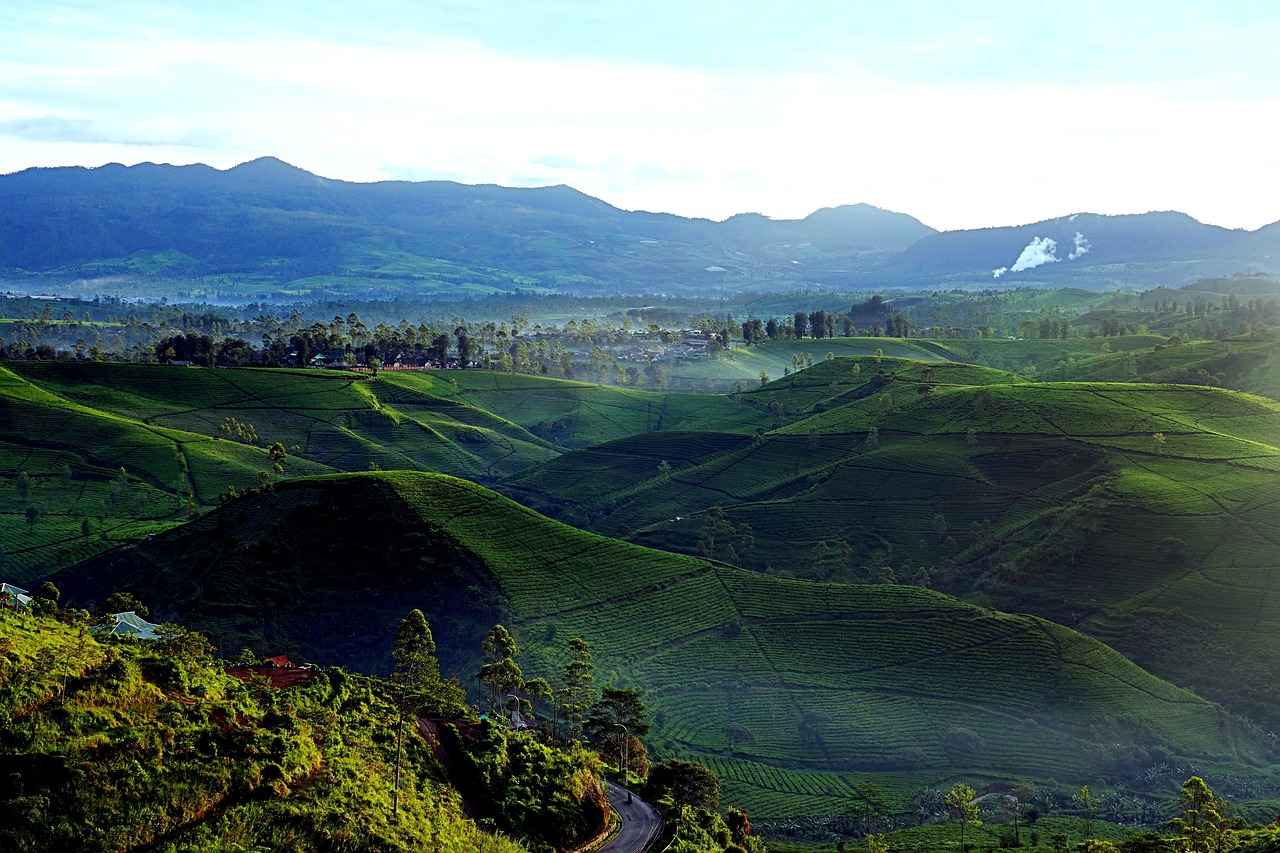
7. Danguajhar Lake
Danguajhar Lake is a hidden gem nestled in the picturesque landscapes of Cooch Behar, West Bengal. This tranquil lake, surrounded by lush greenery and vibrant flora, serves as a perfect escape for those looking to unwind amidst nature. Families, couples, and solo travelers alike find this location ideal for relaxation and picnics, making it a popular destination for both locals and tourists.
The serene waters of Danguajhar Lake provide a stunning backdrop for various recreational activities. Visitors can enjoy leisurely boat rides, which allow them to appreciate the stunning views of the surrounding hills and forests. The gentle lapping of the water against the boat and the chirping of birds create a peaceful ambiance that is hard to replicate elsewhere.
- Picnic Areas: Numerous spots around the lake are designated for picnicking, equipped with benches and tables. Families often gather here to enjoy homemade meals while soaking in the natural beauty.
- Photography Opportunities: The lake’s scenic beauty makes it a favorite spot for photographers. Capturing the vibrant sunsets reflecting on the water is a must for anyone visiting.
- Wildlife Watching: The area around Danguajhar Lake is home to various bird species and small wildlife, providing nature enthusiasts with excellent opportunities for wildlife observation.
The best time to visit Danguajhar Lake is during the cooler months, from October to March, when the weather is pleasant. This period allows visitors to fully enjoy outdoor activities without the discomfort of heat.
In conclusion, Danguajhar Lake is not just a spot for relaxation; it is a place where nature lovers can connect with the environment. Whether you’re looking to spend a quiet day with family or explore the beauty of the outdoors, Danguajhar Lake promises an enriching experience that will leave you rejuvenated.
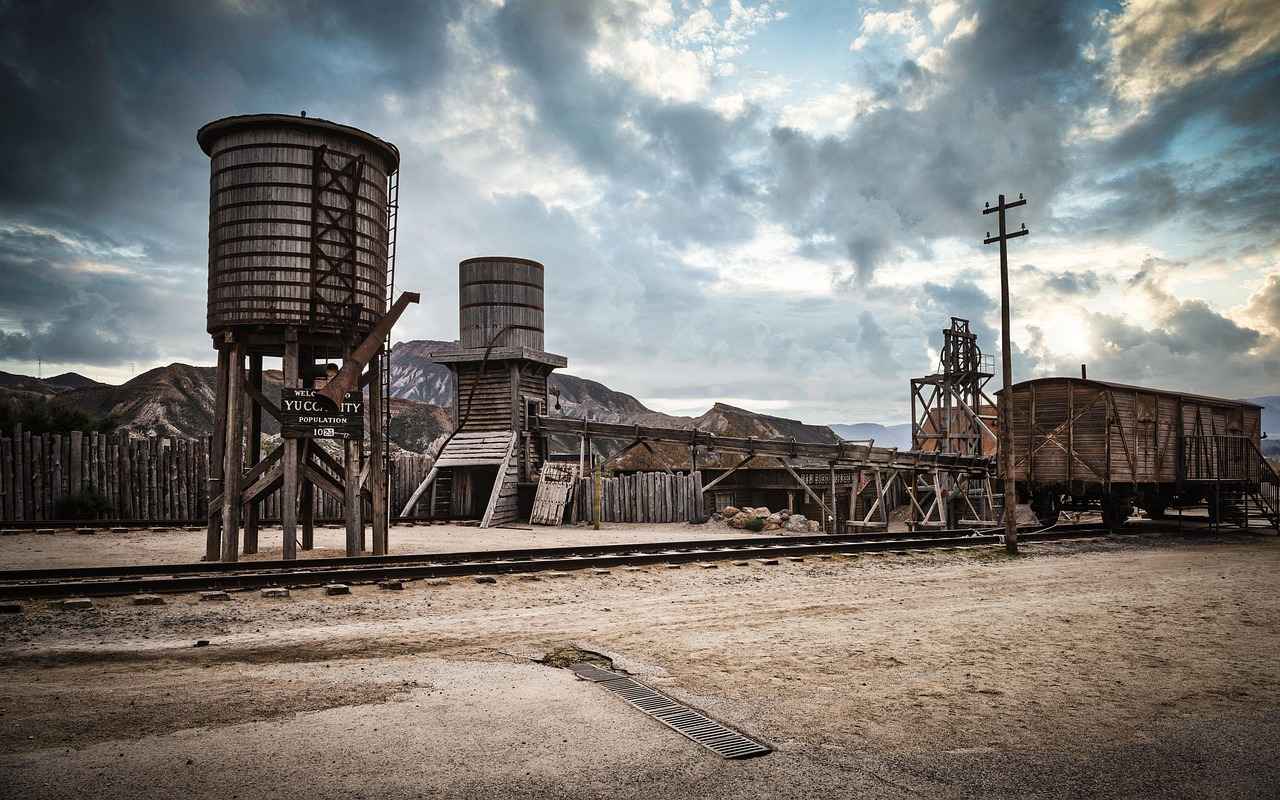
8. Gharial Breeding Centre
The Gharial Breeding Centre plays a crucial role in the conservation of the critically endangered Gharial, a unique species of crocodile found primarily in the rivers of the Indian subcontinent. This facility not only focuses on breeding but also serves as a vital educational resource for visitors interested in wildlife conservation.
Located near the picturesque banks of the river, the centre is designed to replicate the Gharial’s natural habitat, providing a safe environment for breeding and rehabilitation. The breeding program aims to increase the dwindling population of Gharials in the wild, where habitat loss and poaching have significantly impacted their numbers.
Visitors to the Gharial Breeding Centre are treated to an informative experience, where they can learn about the importance of biodiversity and the specific challenges faced by the Gharial. The centre offers guided tours, interactive exhibits, and educational workshops that emphasize the significance of wildlife preservation efforts in the region.
Moreover, the centre collaborates with various conservation organizations to promote awareness and engage the local community in protective measures for aquatic life. Education plays a pivotal role in this mission, as the centre seeks to inspire future generations to take an active part in conservation.
In addition to its conservation efforts, the Gharial Breeding Centre is a haven for researchers and wildlife enthusiasts alike. Researchers conduct studies on Gharial behavior, breeding patterns, and habitat requirements, contributing valuable data to the global understanding of this species.
Overall, the Gharial Breeding Centre stands as a beacon of hope for the future of this remarkable species. By visiting, you not only gain insight into the complexities of wildlife conservation but also support efforts to protect an endangered species that is vital to maintaining the ecological balance of its habitat.
For those planning a visit, the best time to explore the centre is during the cooler months, when the weather is pleasant, and the Gharials are most active. Make sure to check the centre’s schedule for special events and educational programs.
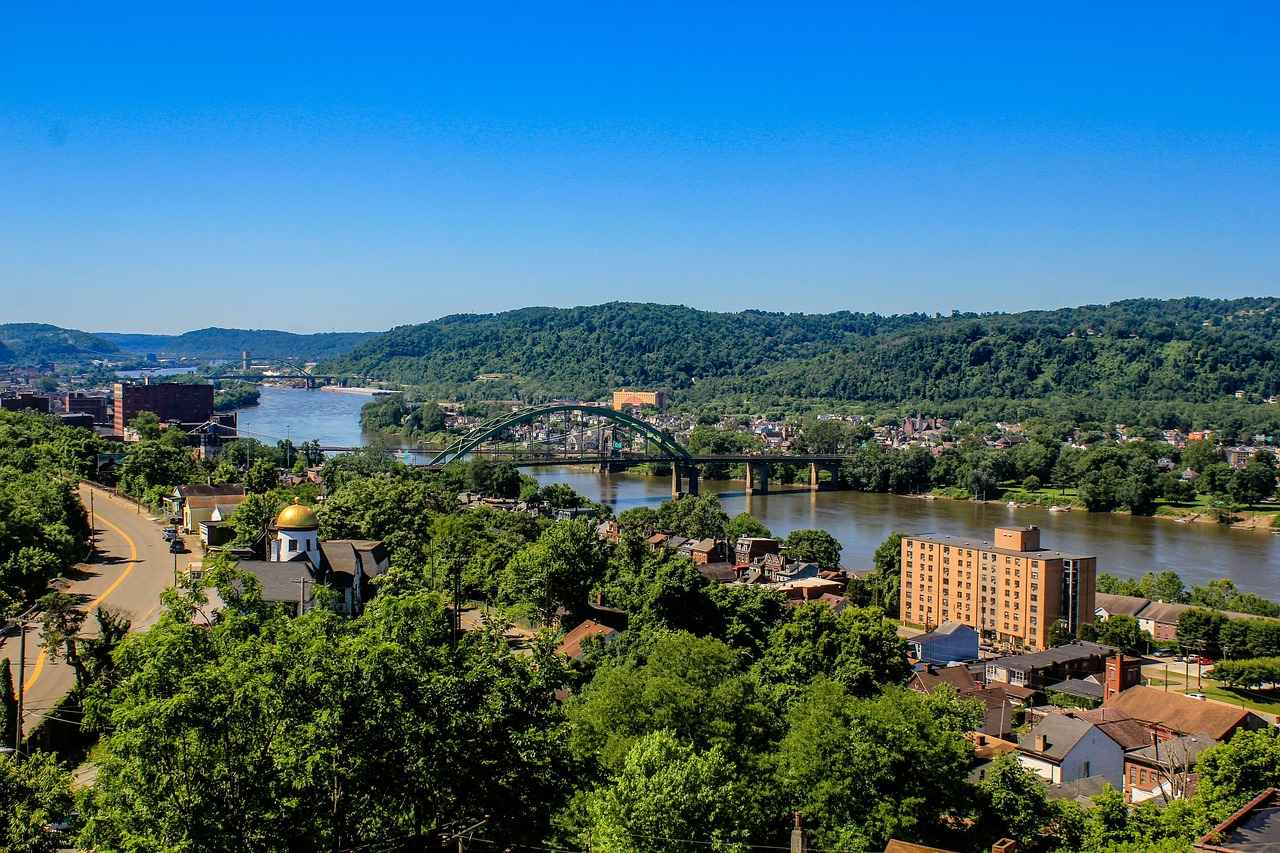
9. Cooch Behar Market
The Cooch Behar Market is a vibrant hub for local culture, offering an array of handicrafts, spices, and traditional foods that beautifully reflect the town’s rich heritage. This bustling marketplace is not just a place to shop; it is a cultural experience that immerses visitors in the daily life of the locals.
As you stroll through the market’s lively stalls, you’ll find a dazzling variety of handmade crafts ranging from intricate textiles to unique pottery, each piece telling a story of the artisans’ skill and dedication. The market is particularly famous for its traditional Bengal sarees and vibrant jewelry, making it a perfect spot for those looking to take home a piece of local craftsmanship.
In addition to handicrafts, the market is a feast for the senses with its aromatic spices. Vendors proudly display their colorful arrays of turmeric, coriander, and cumin, inviting you to sample the flavors that define Bengali cuisine. Don’t miss the chance to try some local delicacies like mishti (sweets) and pitha (rice cakes), which are often sold by enthusiastic vendors eager to share their culinary heritage.
Moreover, the Cooch Behar Market serves as a social hub where locals gather to chat, share news, and enjoy the community spirit. The lively atmosphere, filled with the sounds of bargaining and laughter, creates an inviting environment for visitors to interact with the friendly locals.
Whether you’re a food lover, a craft enthusiast, or simply looking to soak in the local culture, the Cooch Behar Market is a must-visit destination that promises a memorable experience.
| What to Find | Highlights |
|---|---|
| Handicrafts | Textiles, pottery, jewelry |
| Spices | Turmeric, cumin, coriander |
| Traditional Foods | Mishti, pitha |
- Engage with local artisans
- Sample traditional foods
- Experience the vibrant community atmosphere
In conclusion, the Cooch Behar Market is not just a shopping destination; it is a celebration of local culture that invites you to explore the heart of Cooch Behar.
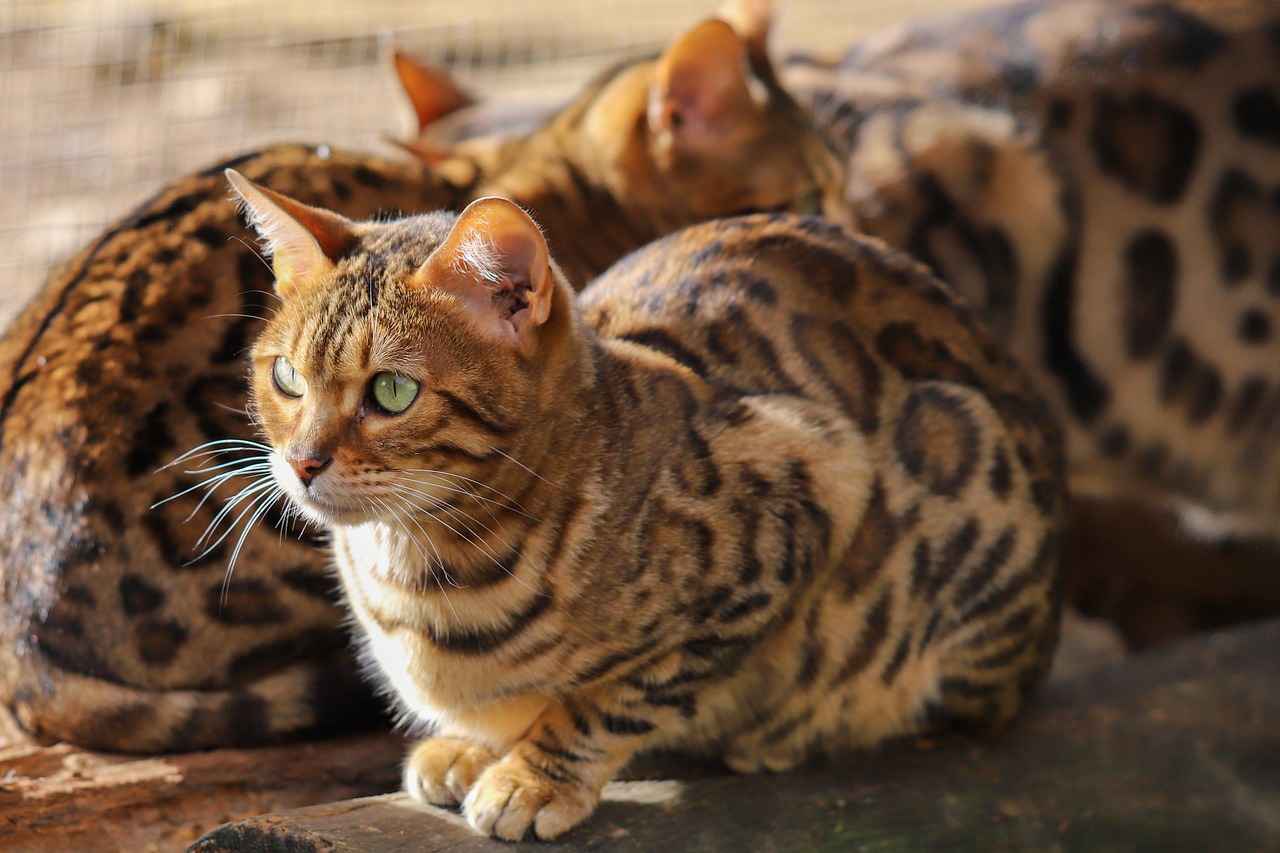
10. Historical Sites and Monuments
Cooch Behar is a treasure trove of history, adorned with numerous historical sites and monuments that echo the stories of its glorious past. This culturally rich town in West Bengal boasts an array of attractions that are essential for anyone interested in history and architecture.
Among the most significant sites is the Cooch Behar Palace, which stands as a testament to the town’s royal heritage. Built in the Indo-Saracenic style, the palace features stunning gardens and intricate designs that reflect the opulence of the Koch dynasty. Visitors can explore its vast corridors and learn about the royal family’s fascinating history.
Another notable site is the Baneshwar Temple, dedicated to Lord Shiva. This temple not only serves as a place of worship but also showcases exquisite architecture and serene surroundings, making it a peaceful retreat for pilgrims and tourists alike. The temple’s historical significance dates back centuries, and its annual festivals attract large crowds, adding to the vibrant cultural tapestry of Cooch Behar.
The Jor Mandir is a unique twin temple complex that captivates visitors with its historical importance and distinct architectural style. This site is perfect for those interested in ancient religious practices and the artistic expressions of the past.
Additionally, the Cooch Behar Rajbari offers insights into the lavish lifestyle of the Koch dynasty. Its sprawling gardens and ornate structures provide a glimpse into the royal past, making it a must-visit for history enthusiasts.
In summary, Cooch Behar is dotted with historical sites and monuments that not only narrate the tales of its glorious past but also enhance the travel experience for visitors. Each site offers a unique perspective on the town’s rich history, making them essential stops for anyone looking to delve deeper into the cultural heritage of this remarkable region.
Frequently Asked Questions
- What is the best time to visit Cooch Behar?
The ideal time to explore Cooch Behar is between October and March when the weather is cool and pleasant, perfect for sightseeing and outdoor activities.
- Are there any entry fees for the attractions?
Most attractions in Cooch Behar, like the Cooch Behar Palace and wildlife sanctuary, have nominal entry fees. It’s always a good idea to check in advance for specific costs.
- What local dishes should I try while visiting?
You must try the local delicacies such as fish curry, pitha (rice cakes), and mishti doi (sweet yogurt) to get a true taste of Cooch Behar’s culinary heritage.
- Is Cooch Behar safe for tourists?
Yes, Cooch Behar is generally safe for tourists. However, like any travel destination, it’s wise to stay aware of your surroundings and follow local customs.
- How can I get around in Cooch Behar?
Getting around Cooch Behar is quite easy. You can use local transport like auto-rickshaws, cycle rickshaws, or hire a taxi for a more comfortable experience.
